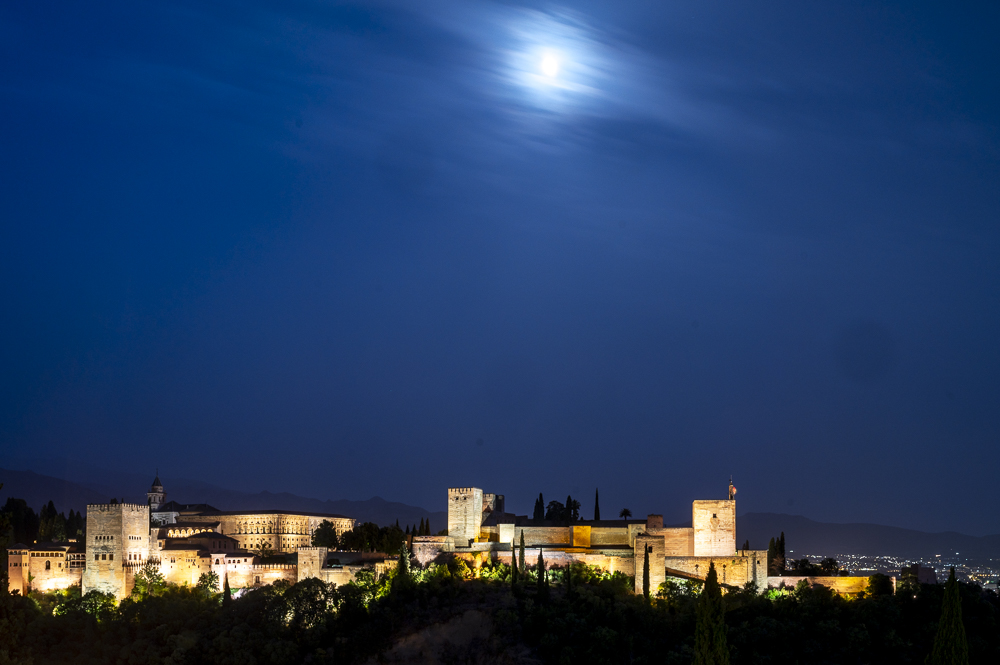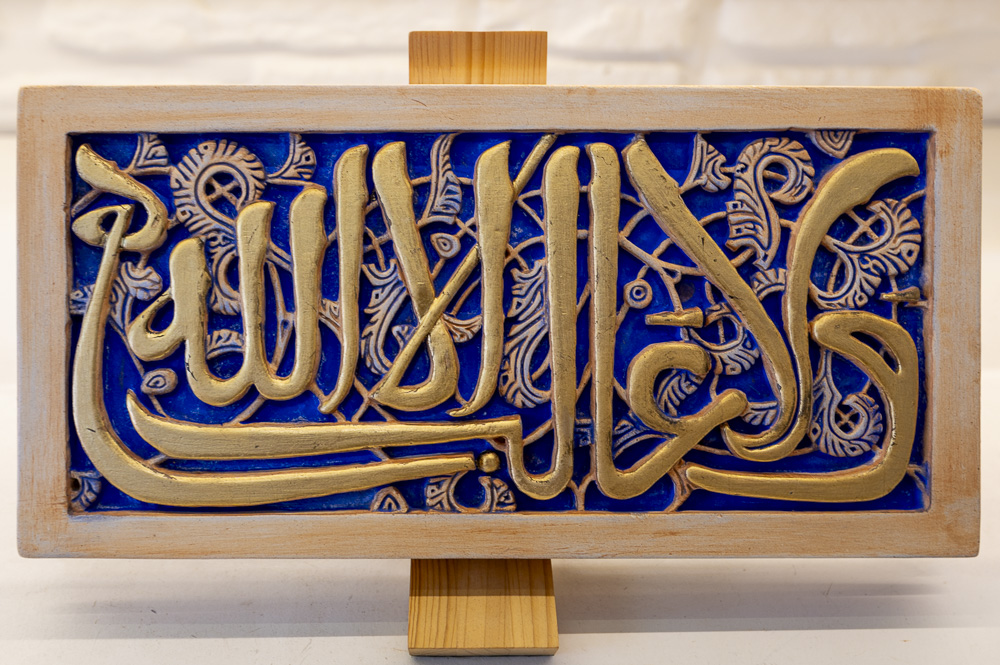Granada… pearl of the South… But nobody knows how the original name, in Arabic غرناطة, came from. Of course, the big eye catcher is El Alhambra. Despite this, this town feels way more at ease then it’s western neighbor, Sevilla. Spontaneous displays of guitar playing and flamenco dancing can be witnessed, even on hot summer nights with temperatures over 30°C (>85°F).
Albaicín
If I ever get lost in Granada, you will find me here. A maze of smaller roads, its street plan originating from medieval times (13th – 15th centuries), just north of the Darro river which splits the city in half. Like the name of the city, no one exactly knows how this name originated.
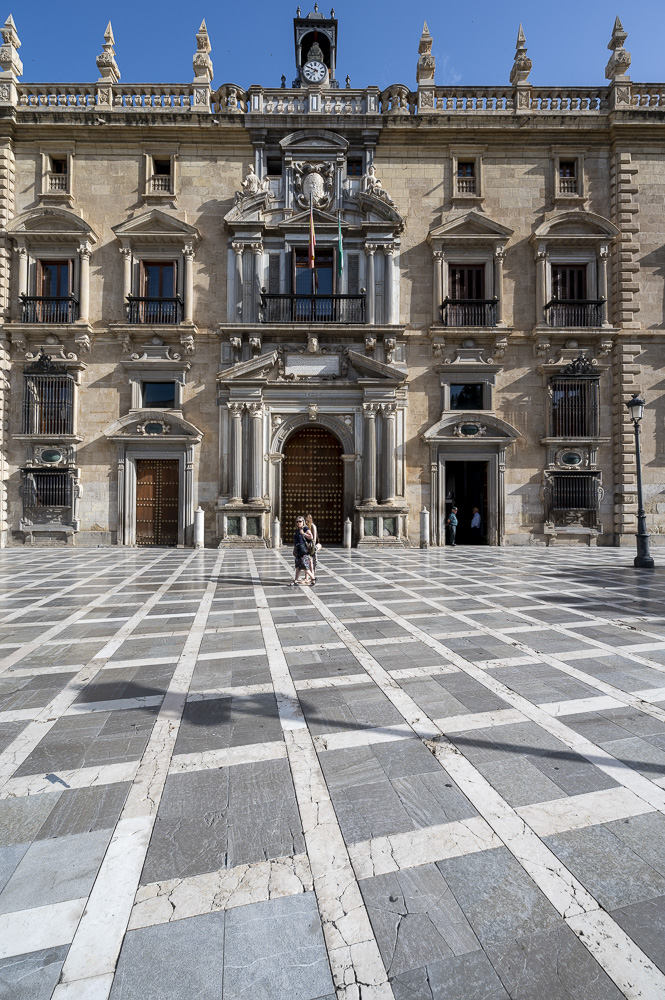
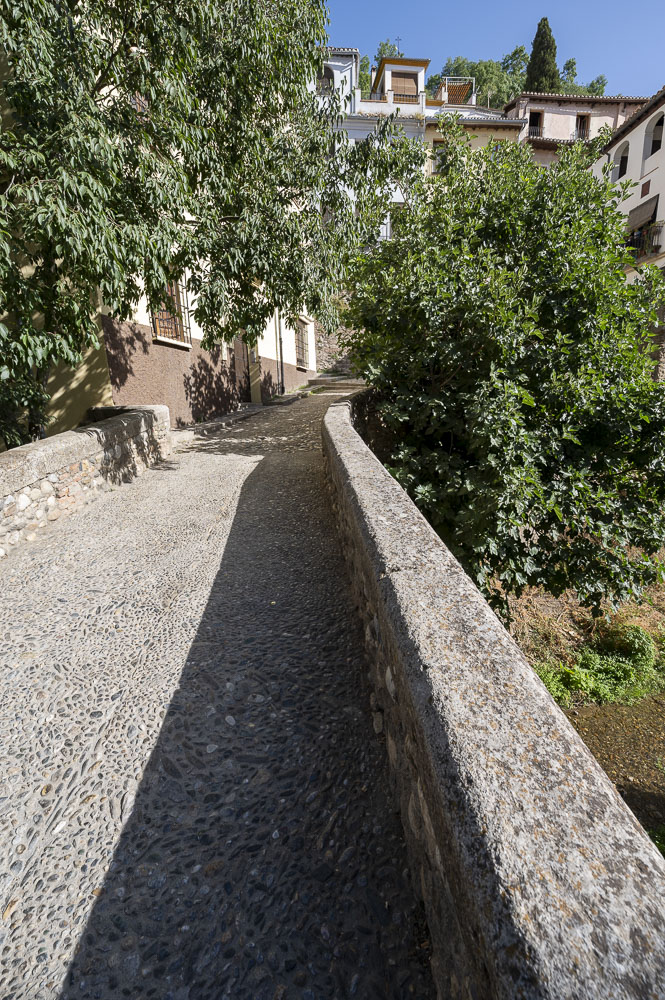
Some bridges still function as bridges, other larger bridges collapsed, all that remains are bridgeheads. The one below used to connect the Alhambra with the Albaicín neighborhood.
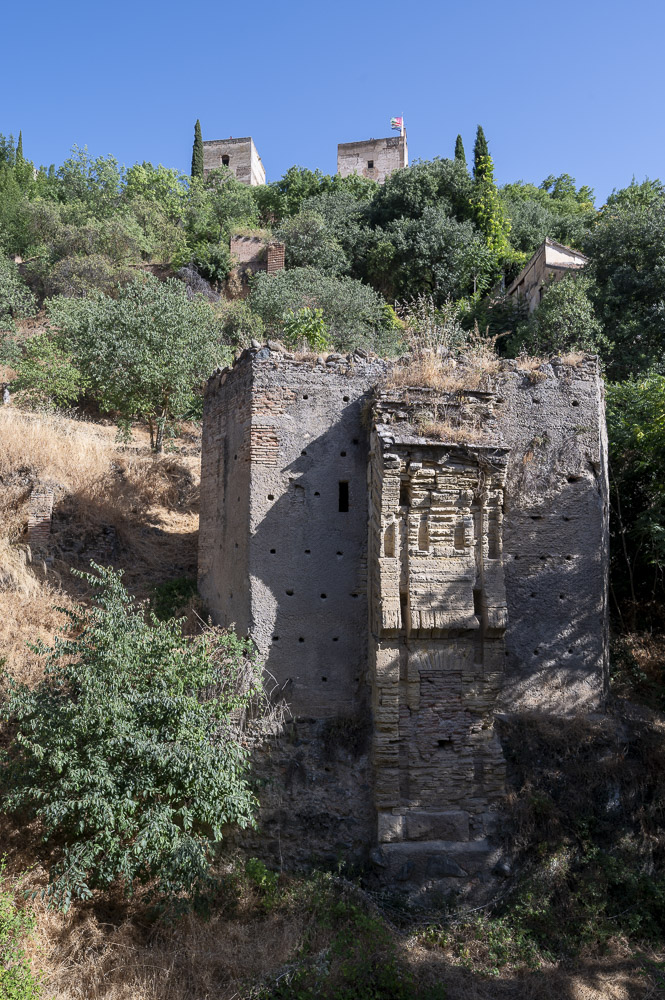
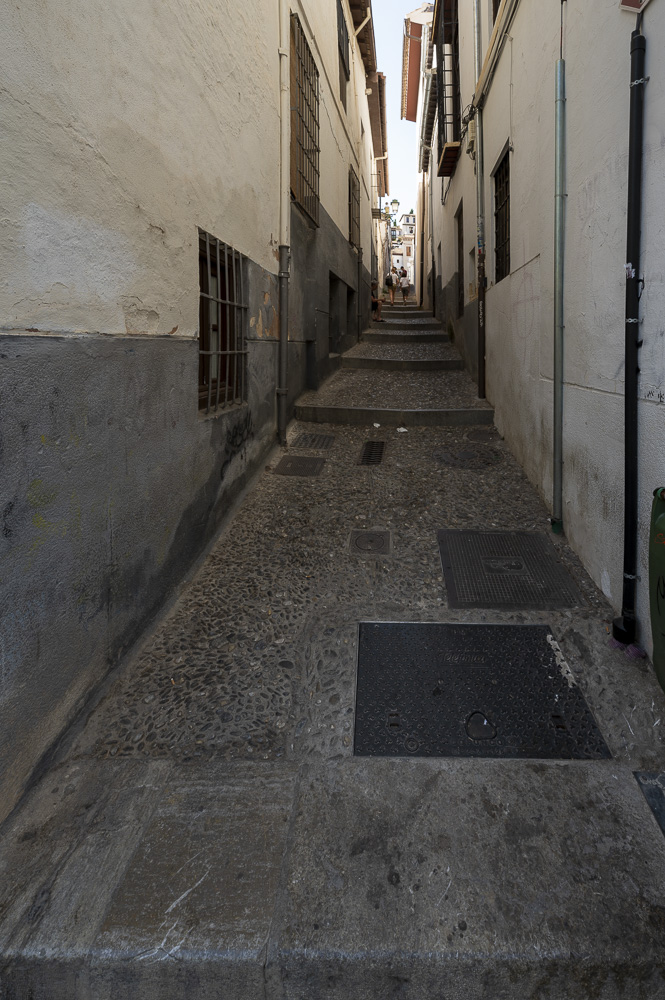
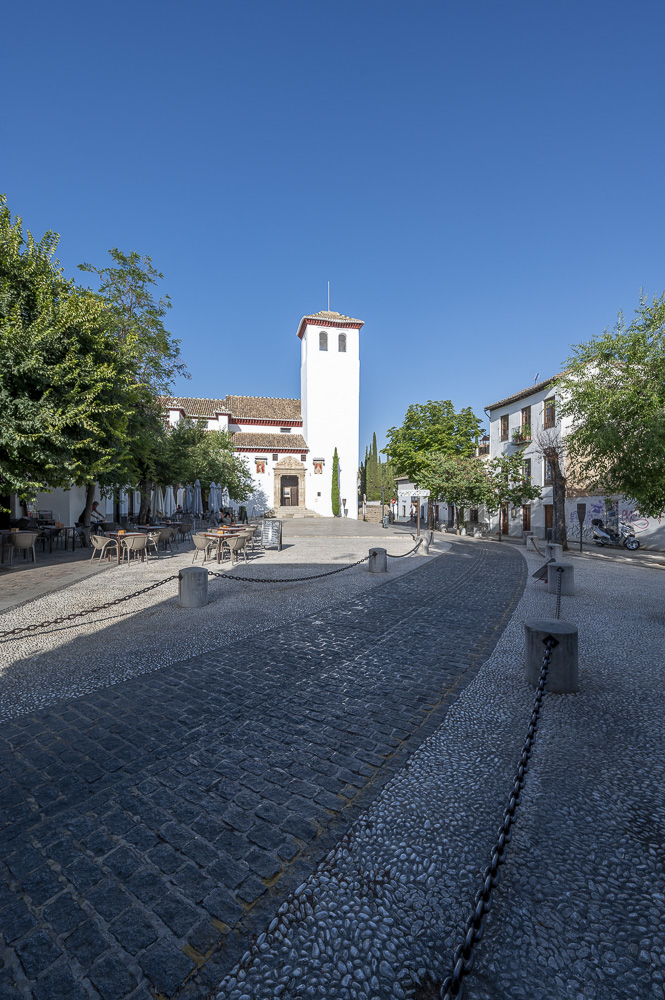
Many things to see,for example Palacio de Dar-al Horra, which dates from the 16th century.
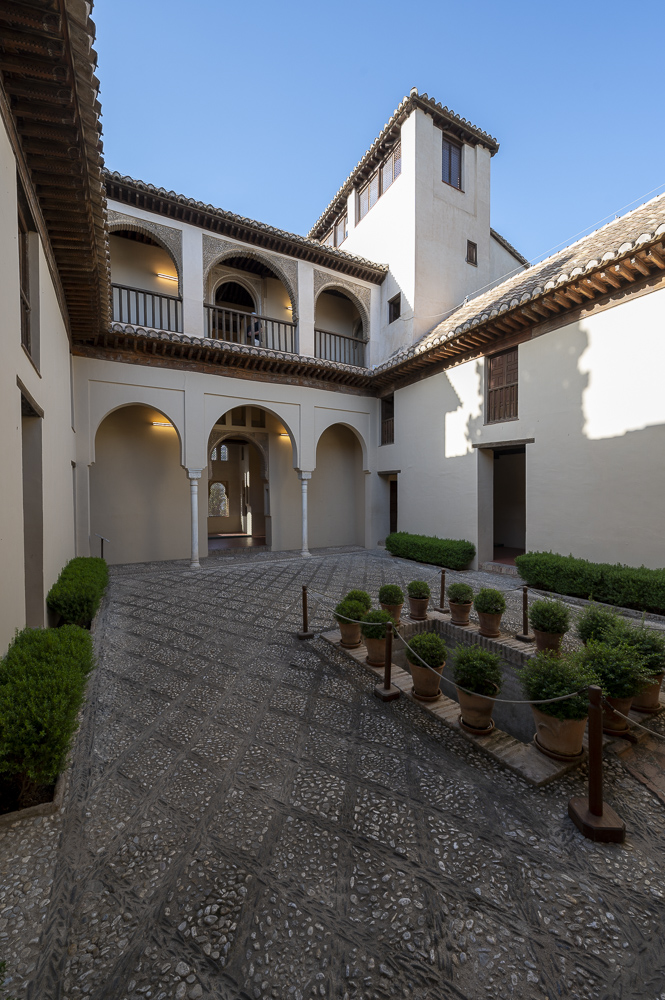
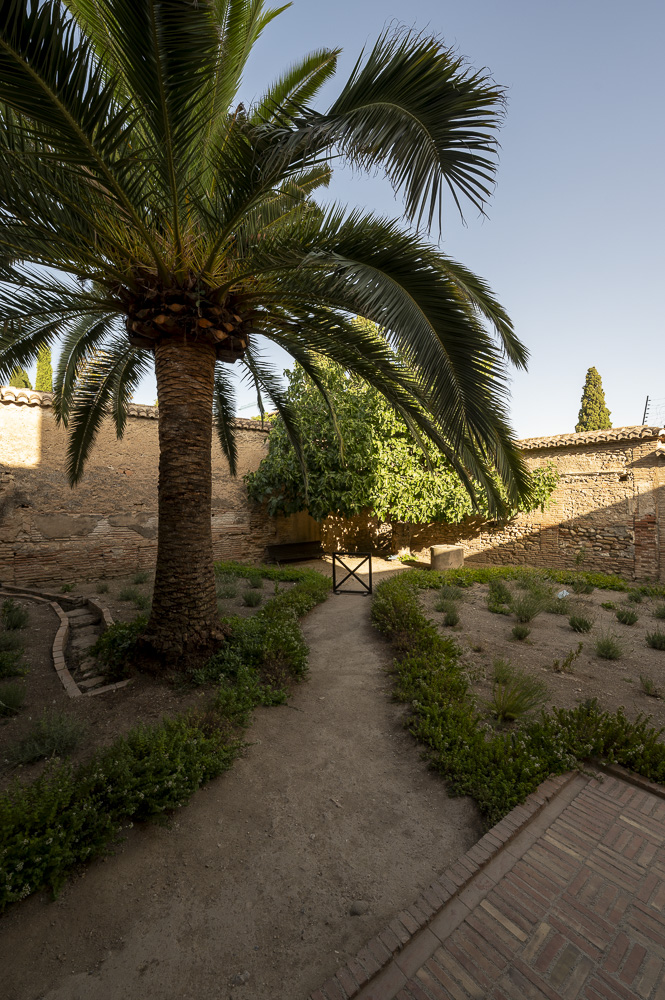
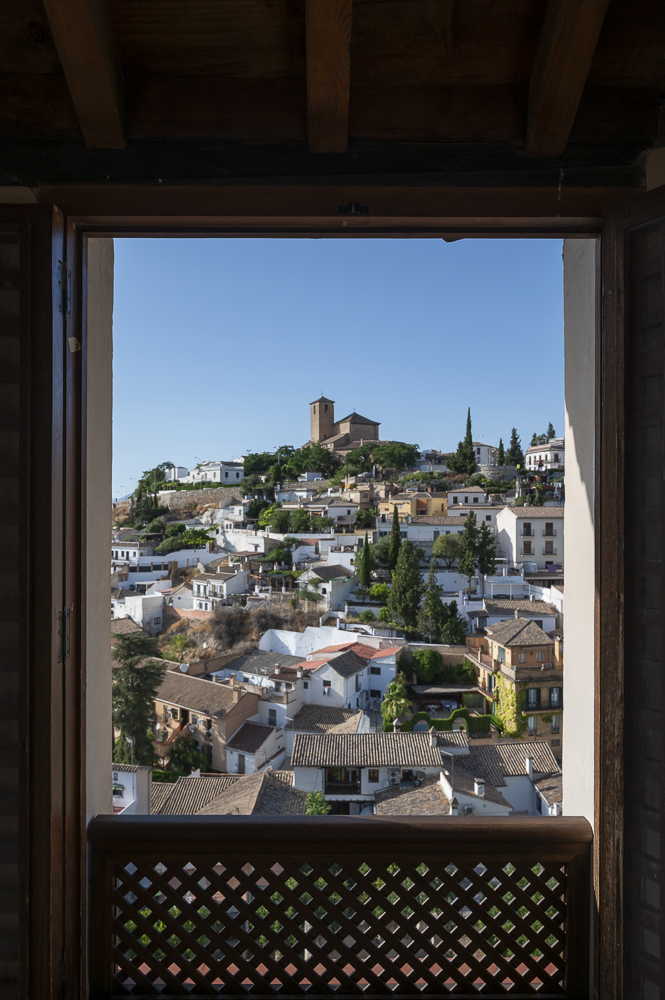
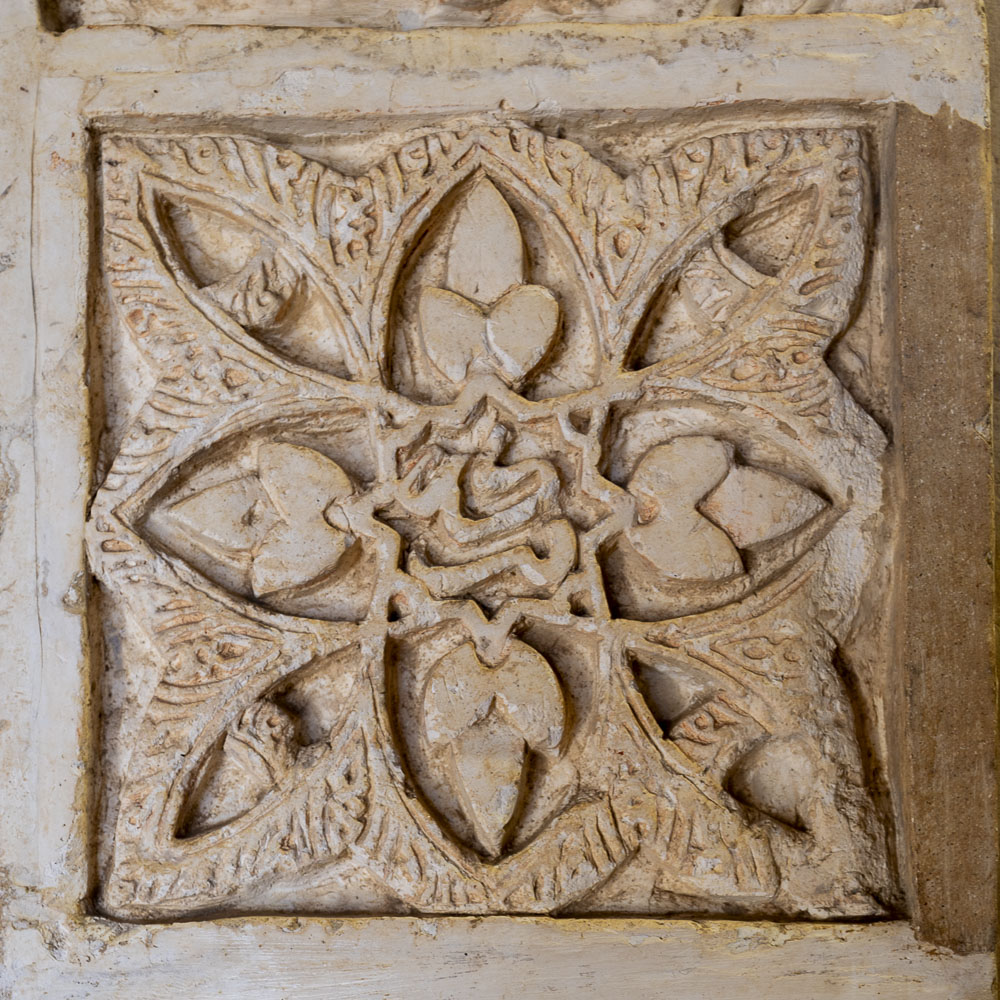
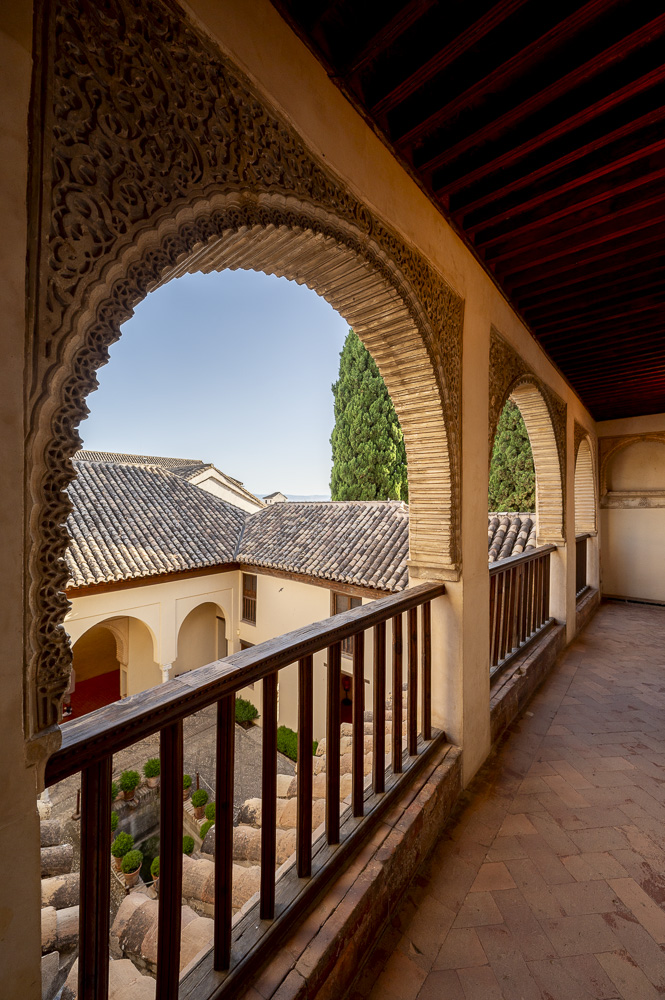
One of the highlights is the view from C. San Nicolás. There is always something going on.
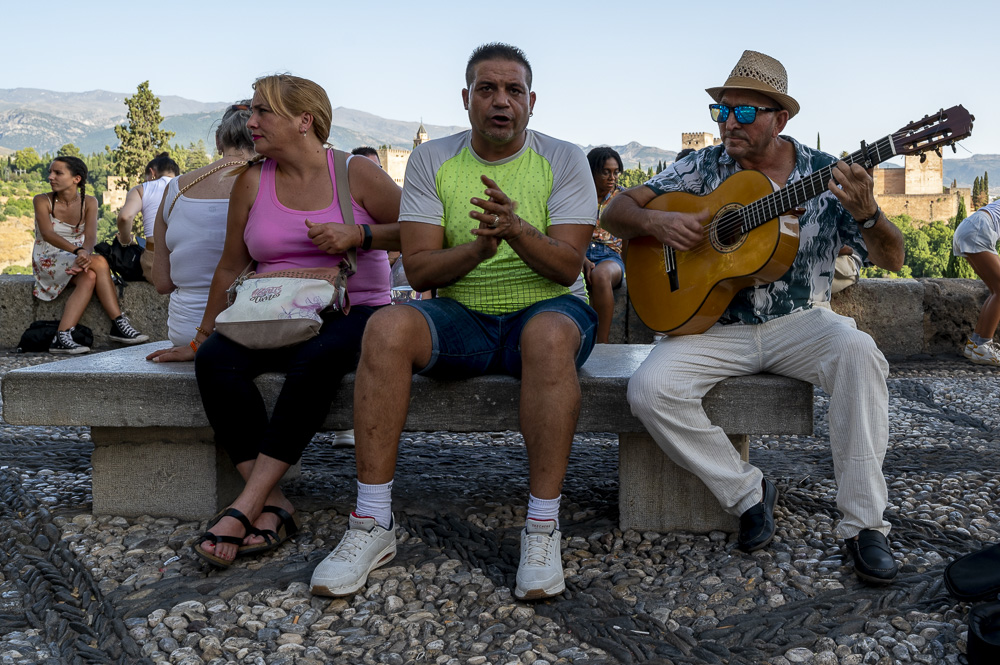
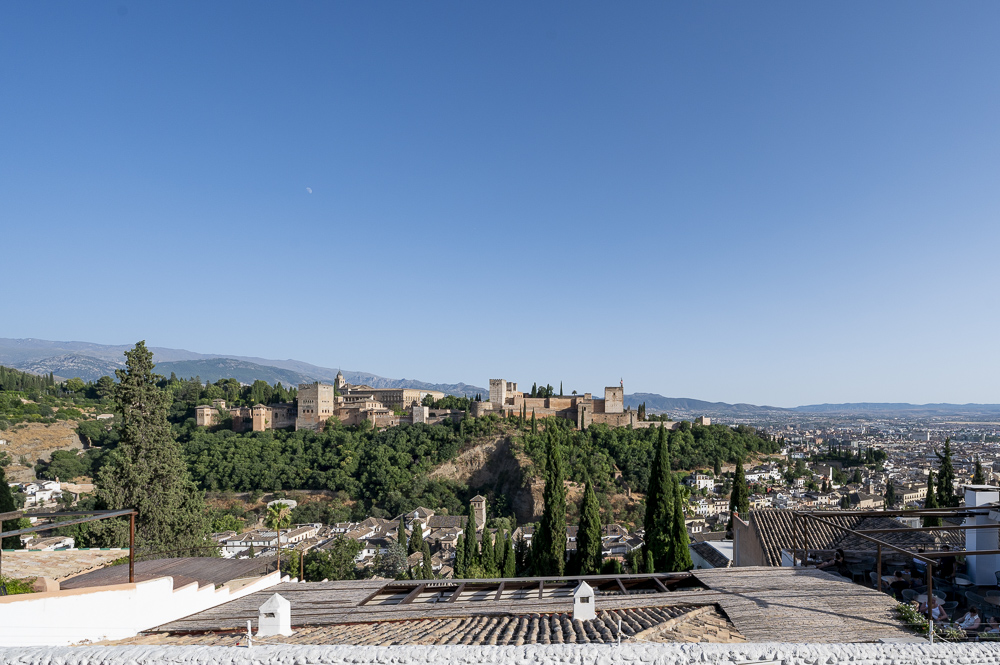
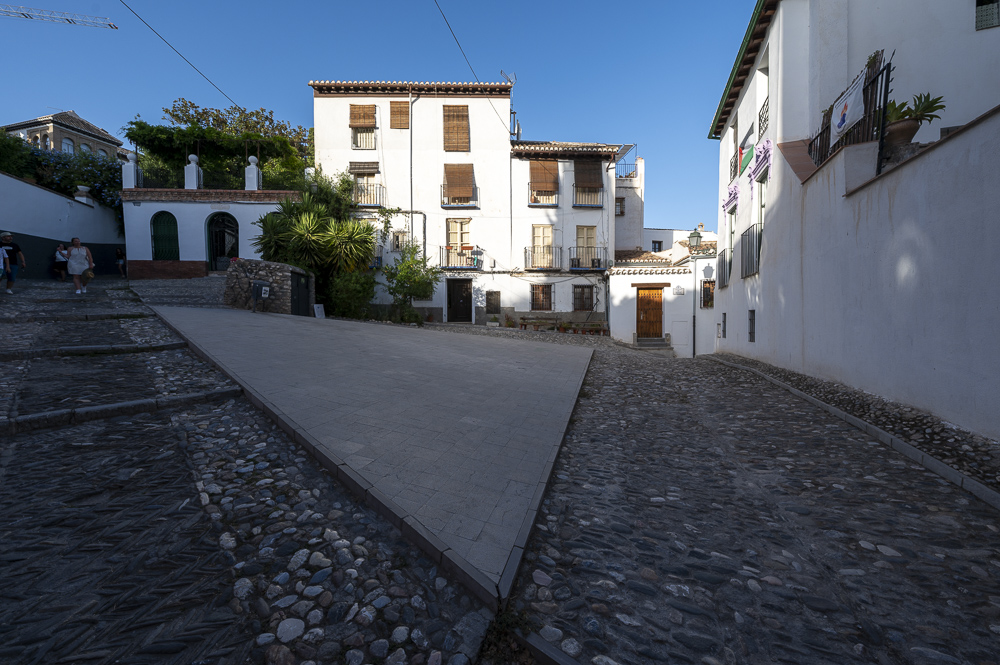
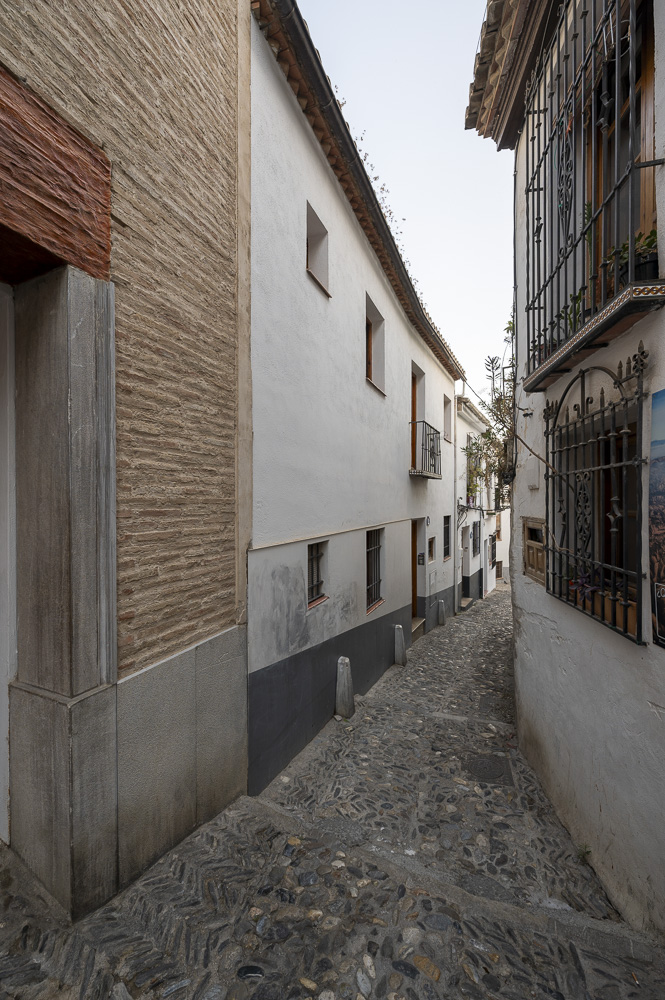
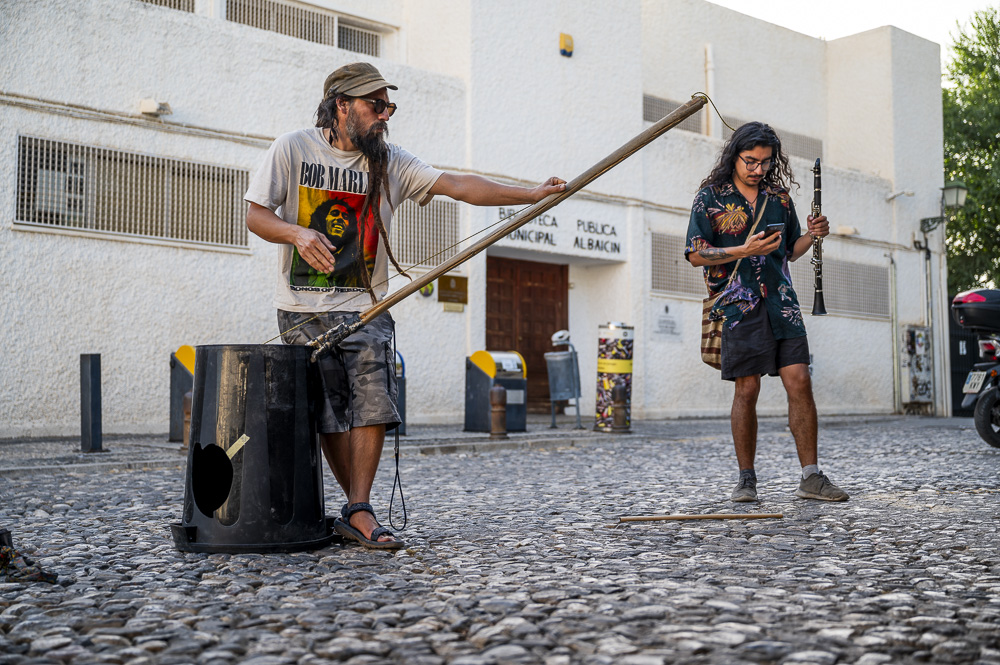
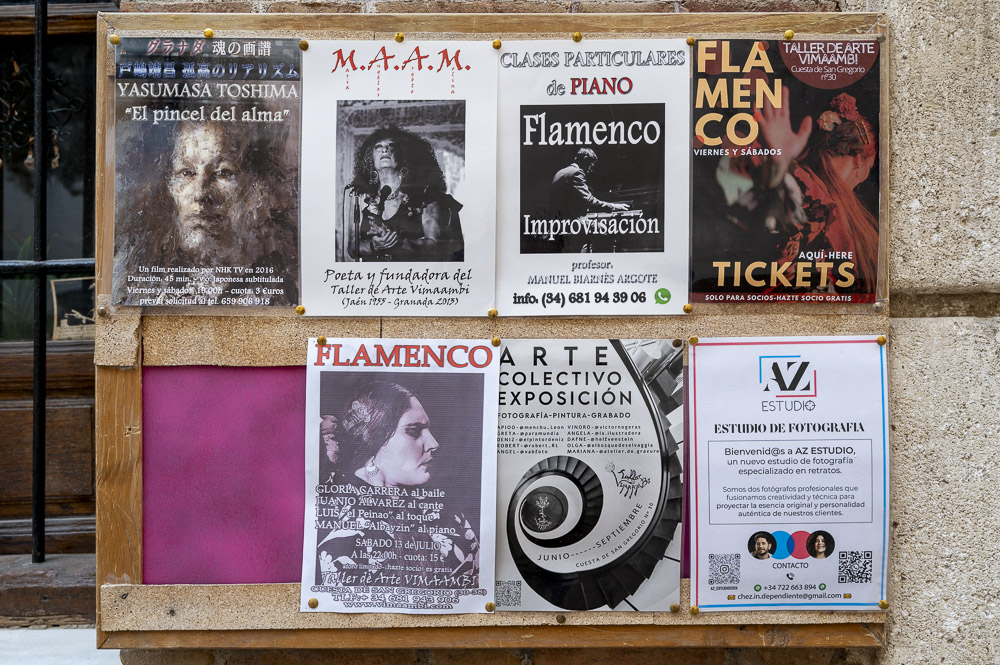
Sacromonte
The Sacromonte neighborhood is the more traditional neighborhood in the district of Albaicín. If you did not get lost in the Albaicín neighborhood, this is your chance.
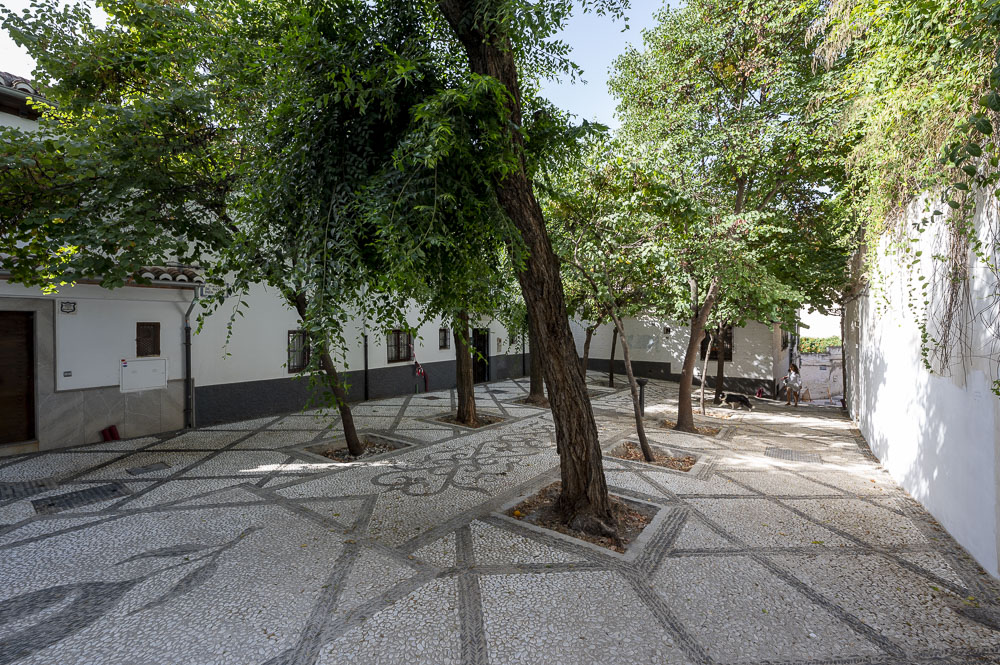
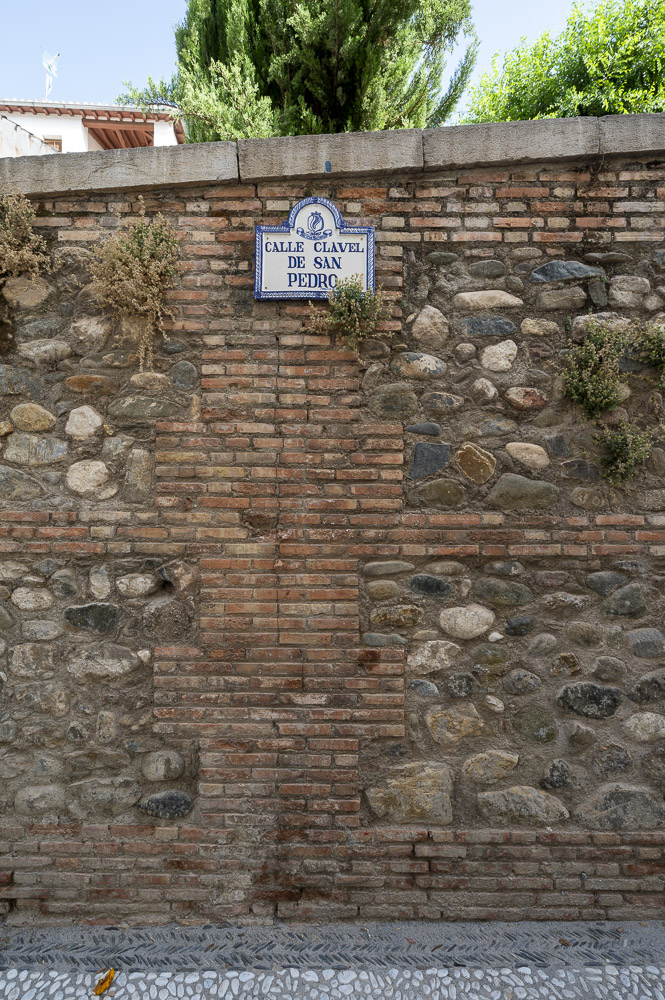
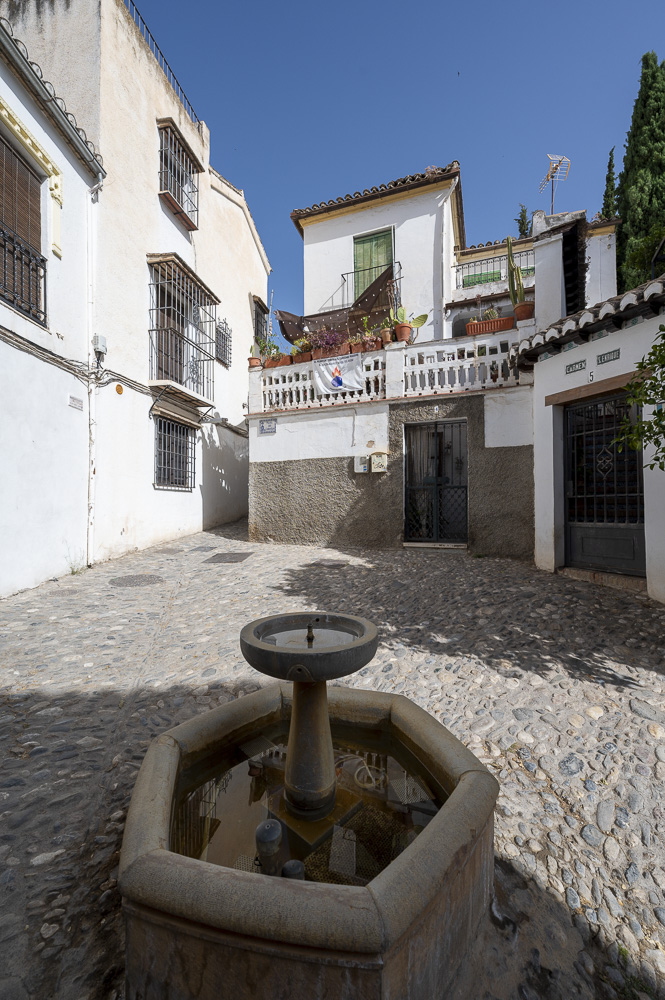
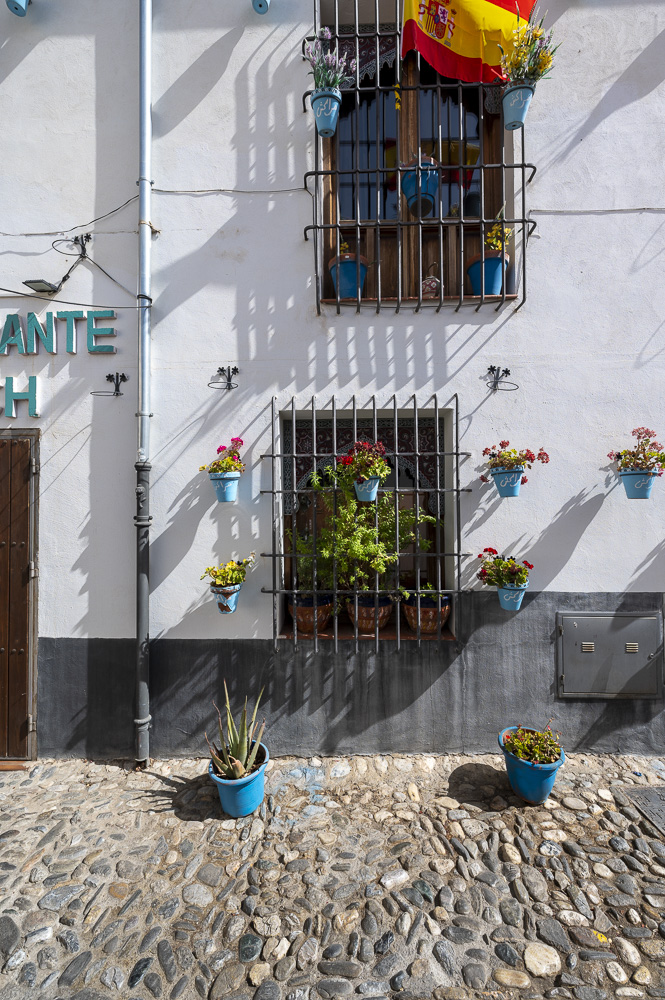
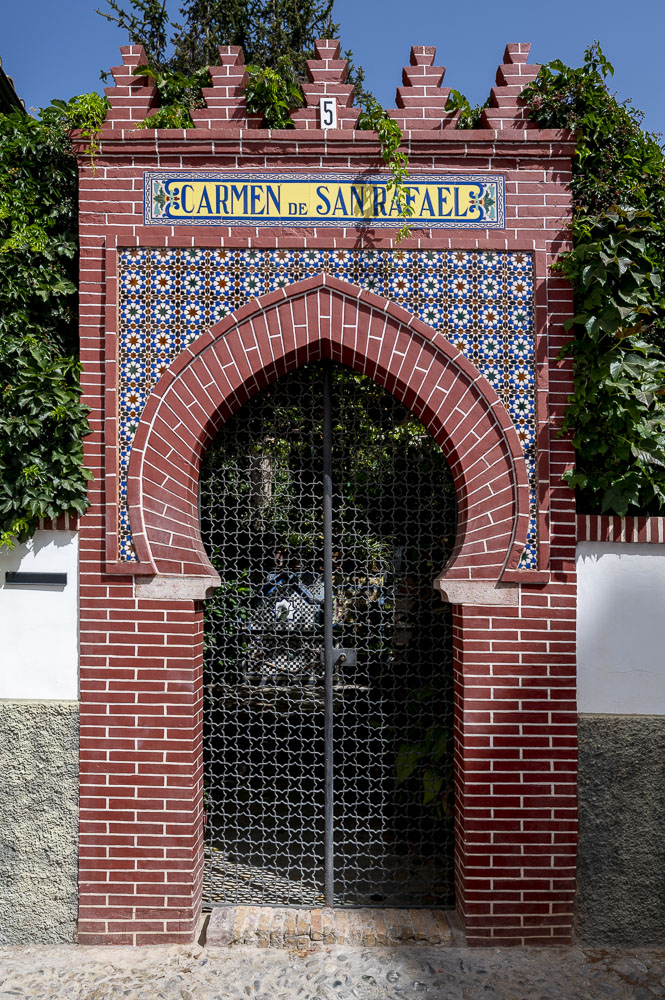
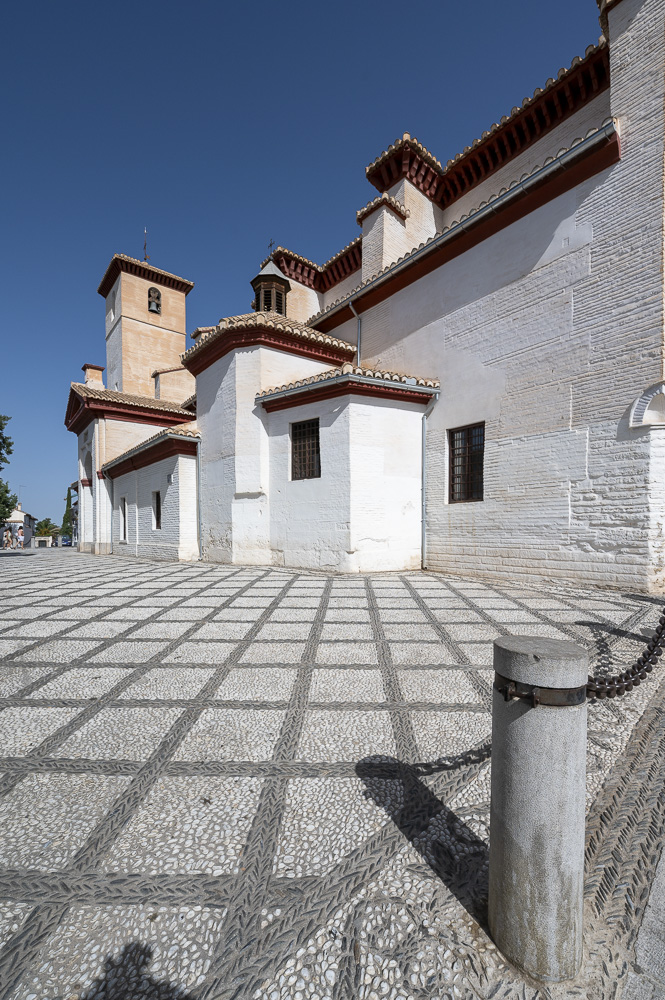
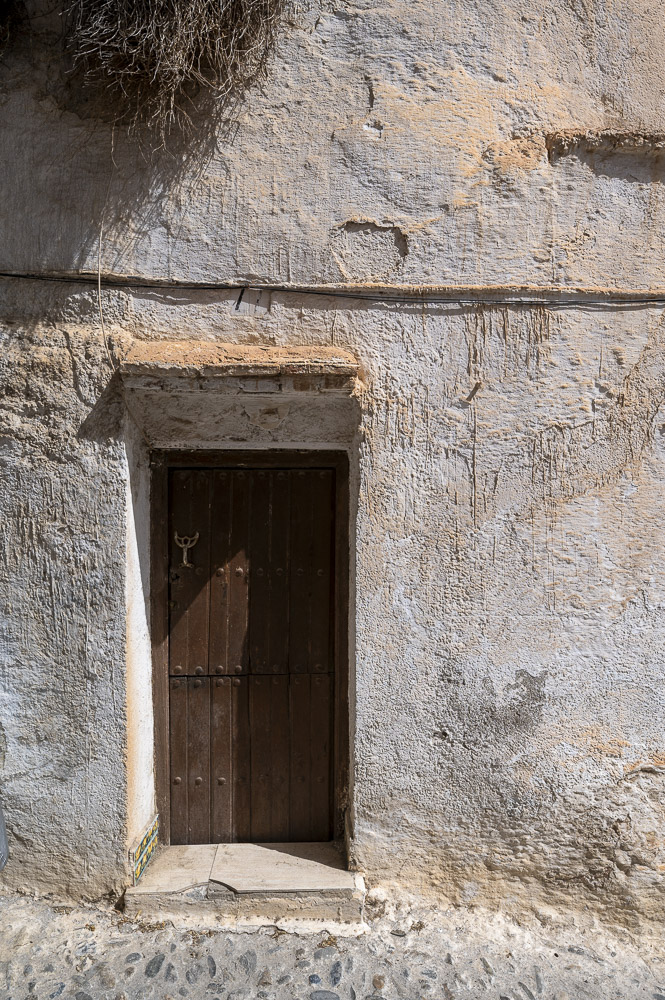
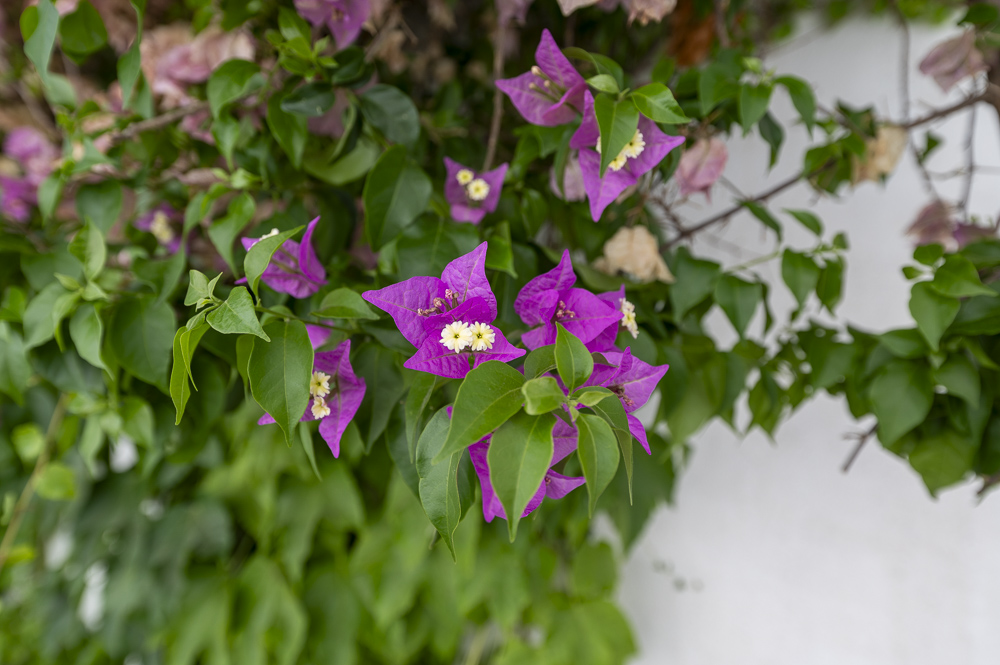
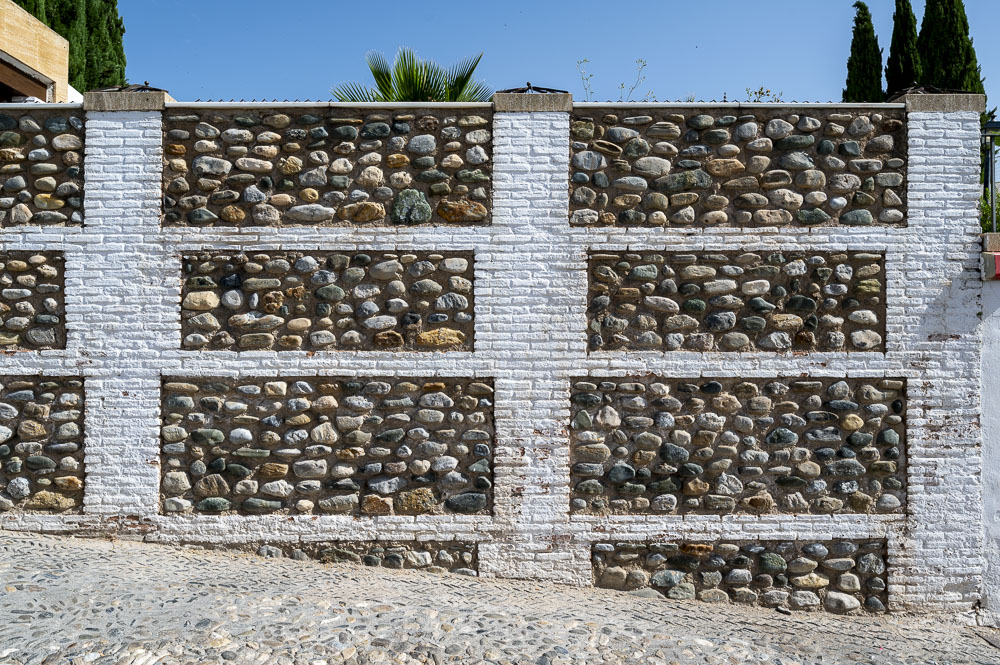
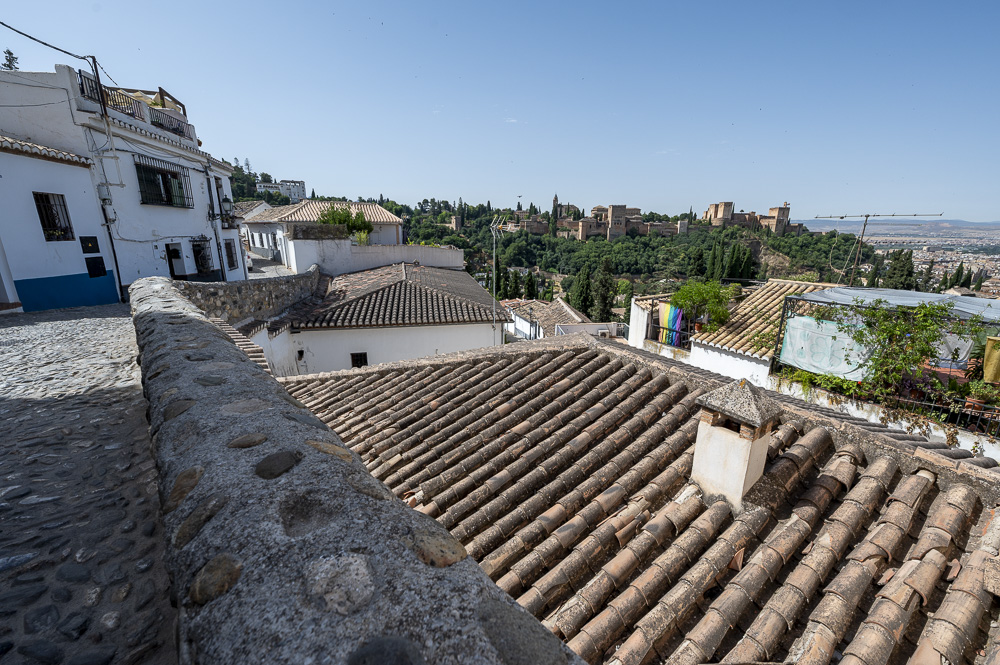
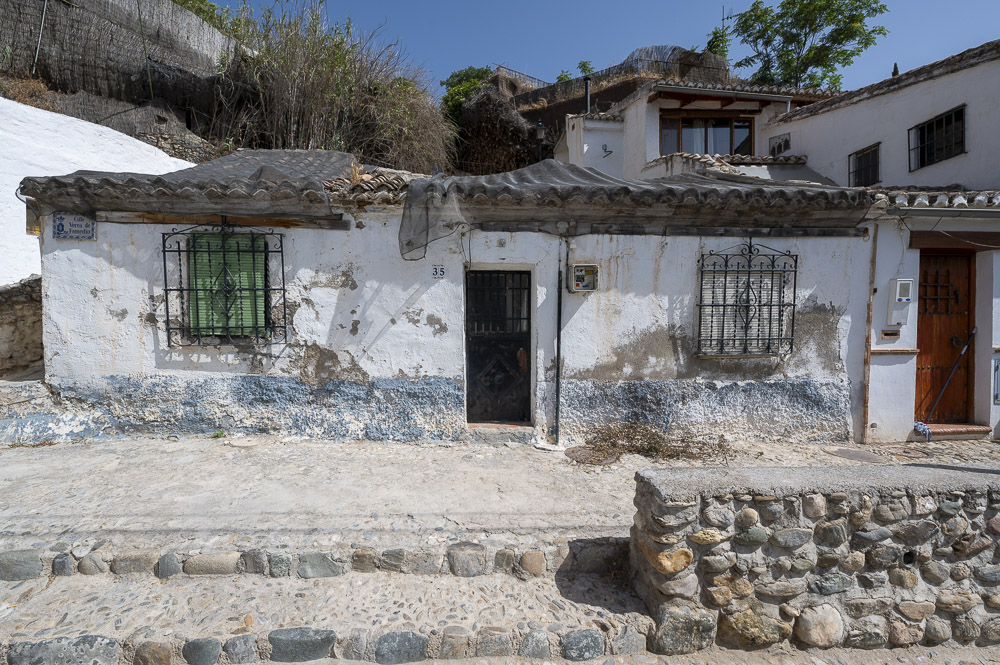
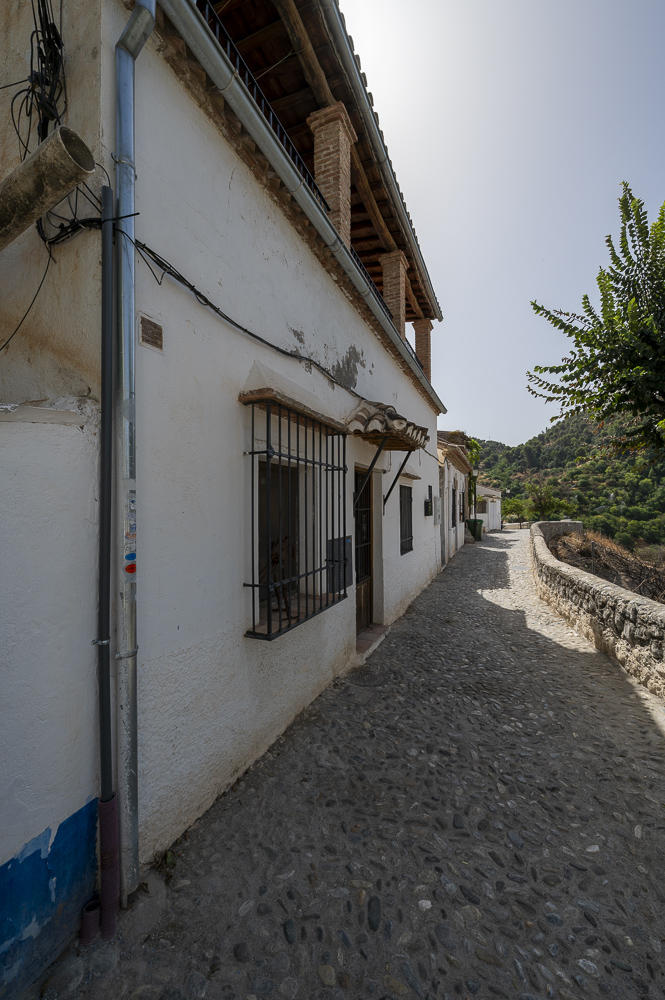
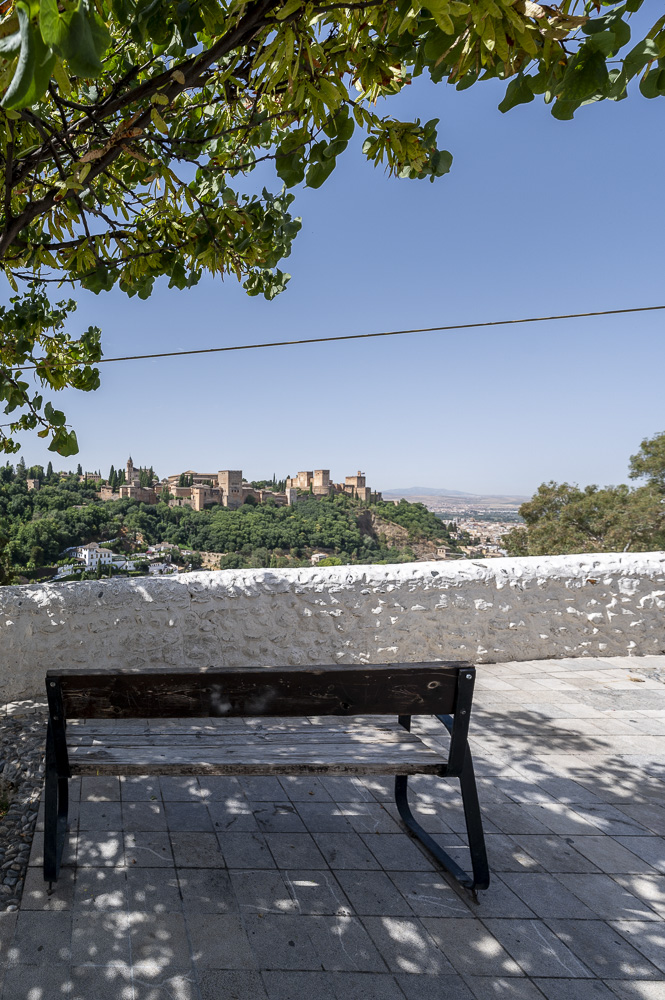
Alhambra
The biggest draw to Granada is, of course, the Alhambra. Of course it is beautiful. But also crowded, like the city of Granada itself. I was told that July (when I was there) experiences the least amount of visitors. I start to understand why people living in biggers cities like Barcelona are protesting against mass tourism. I don’t blame them.
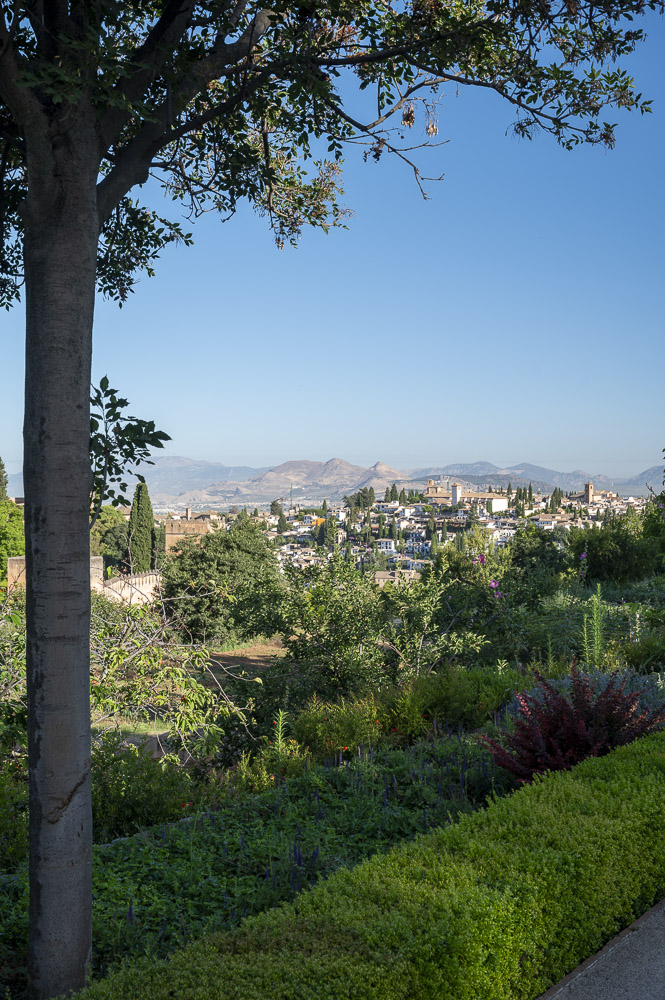
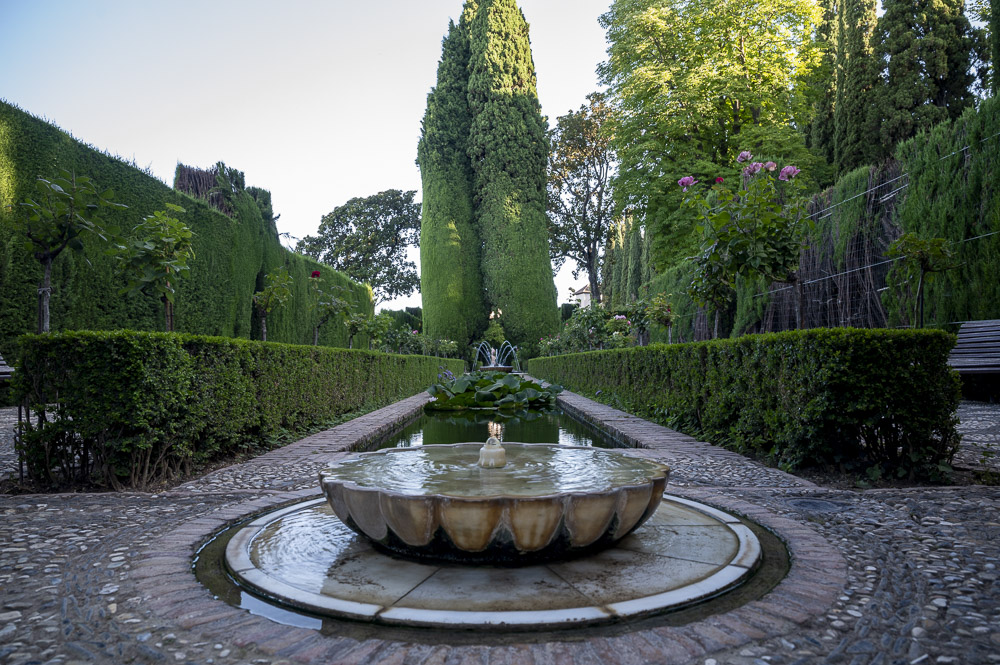
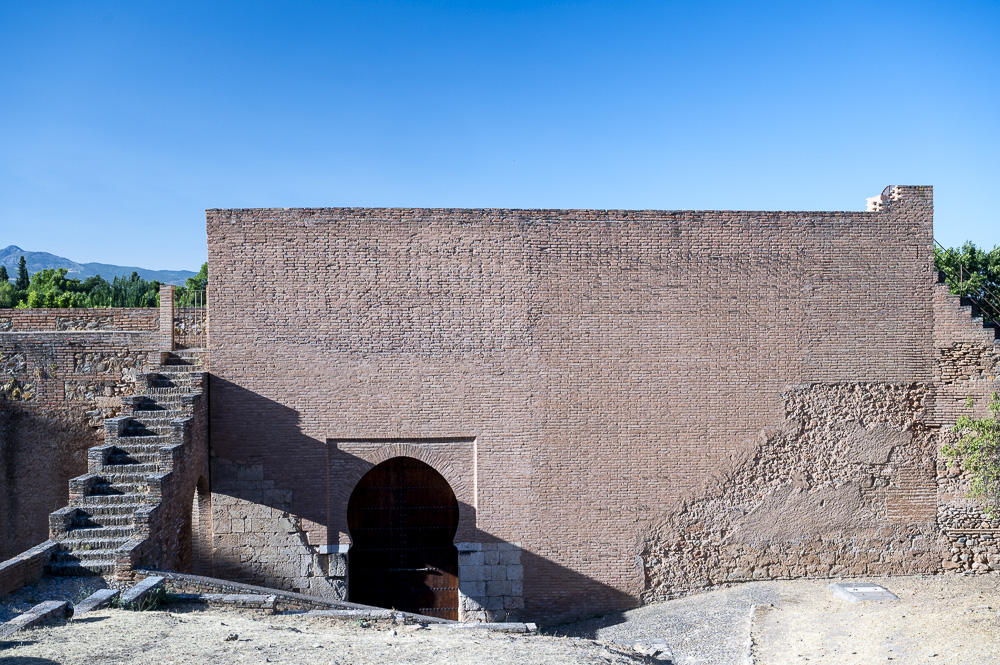
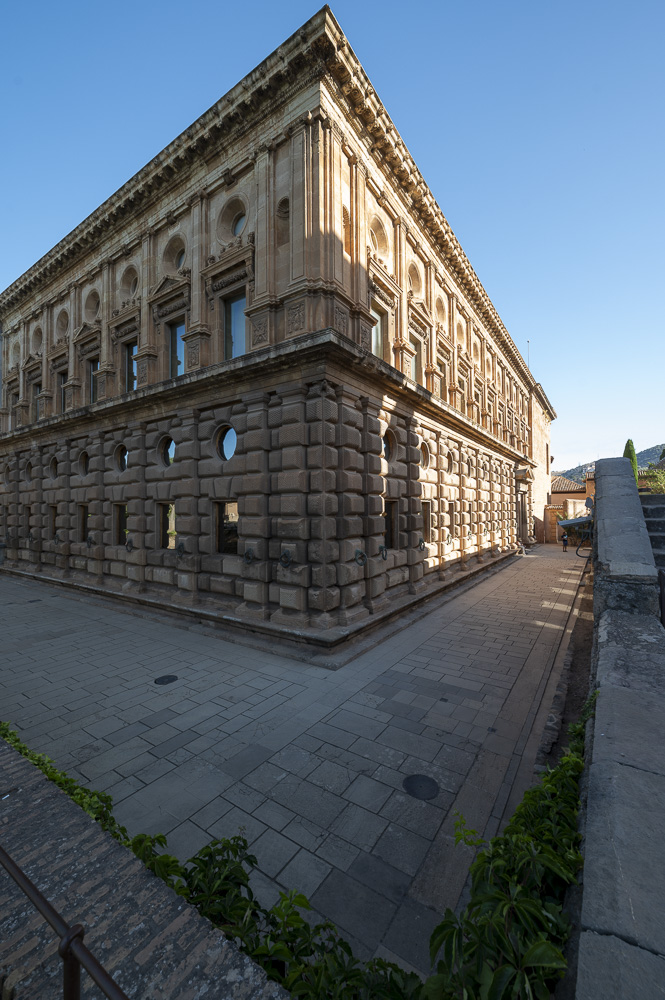
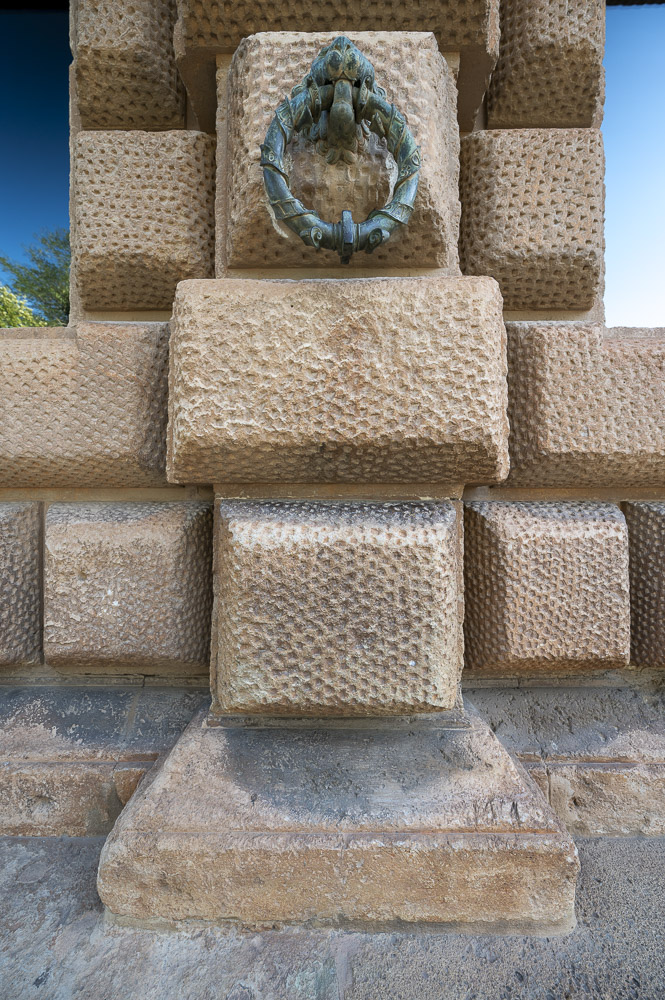
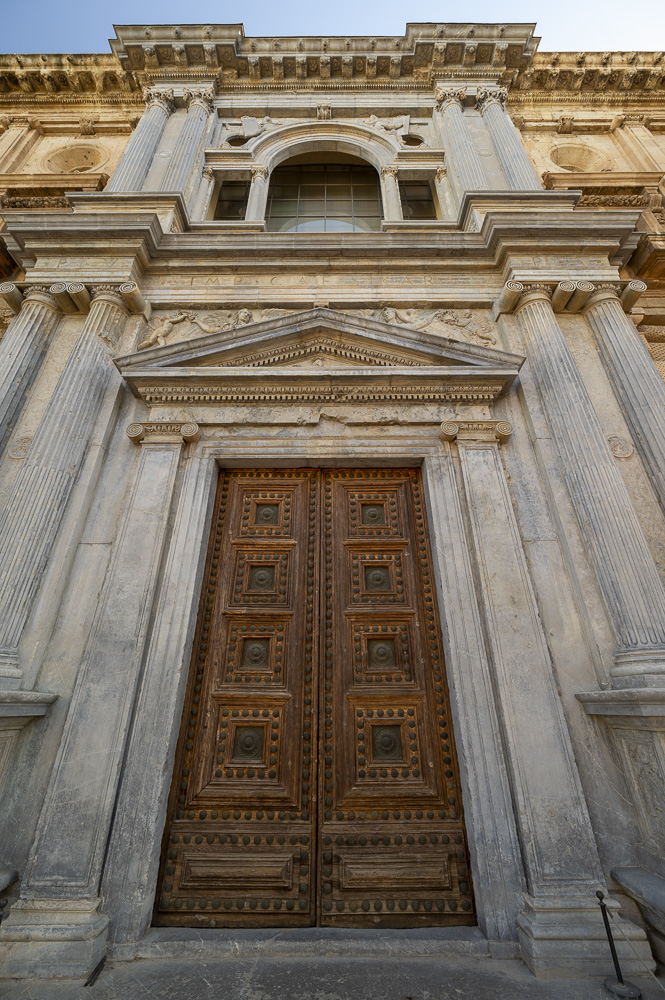
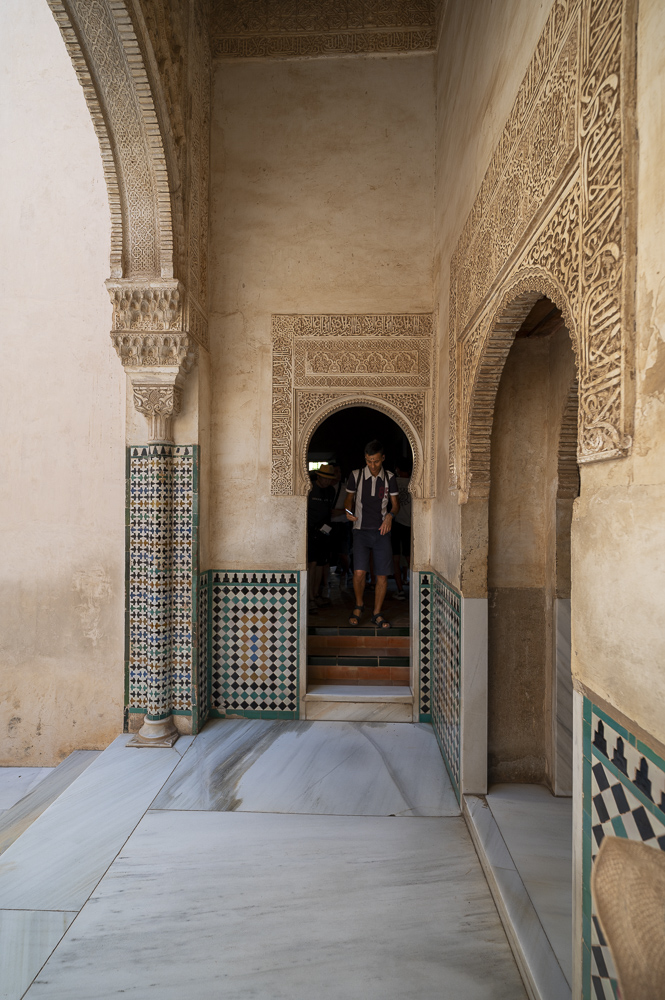
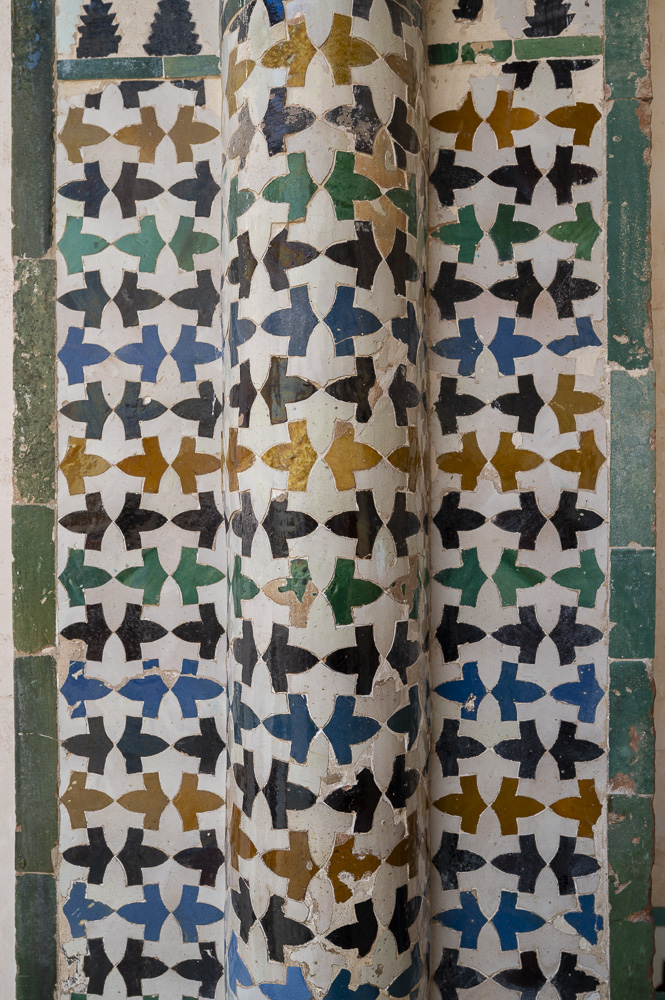
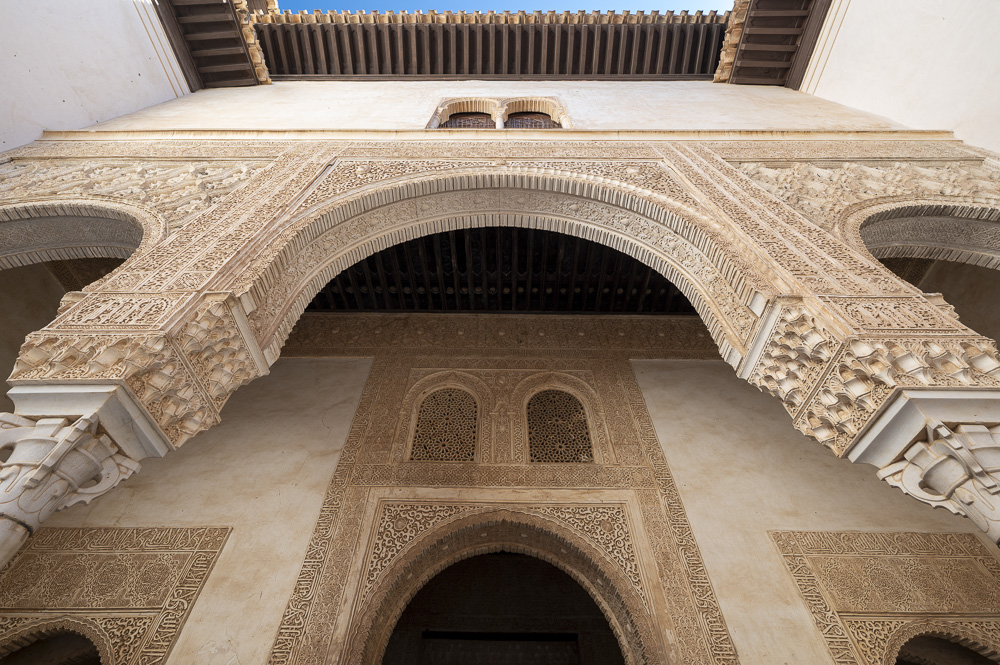
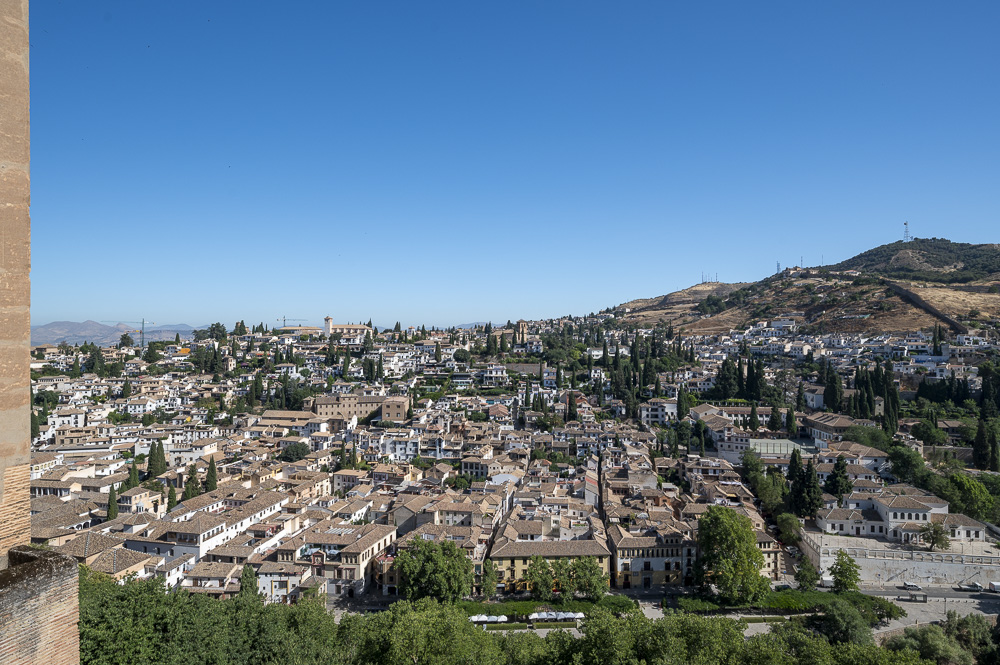
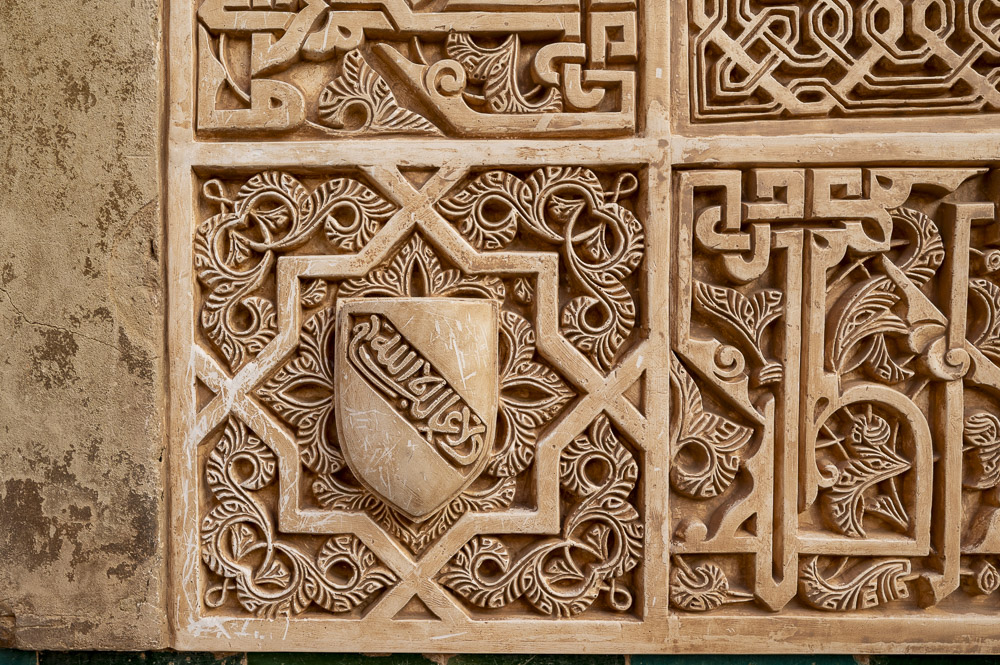
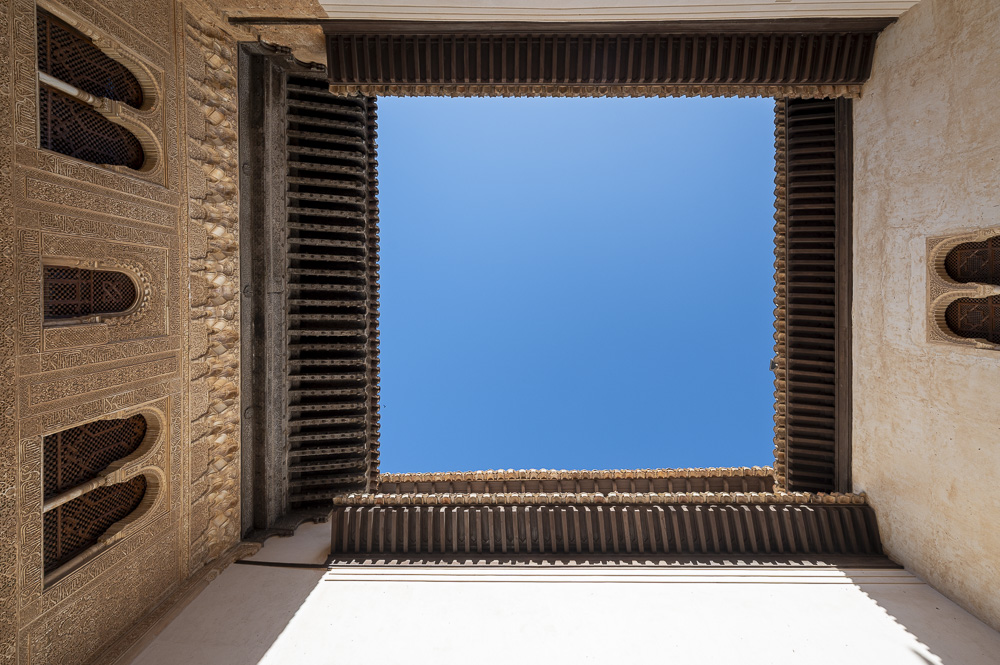
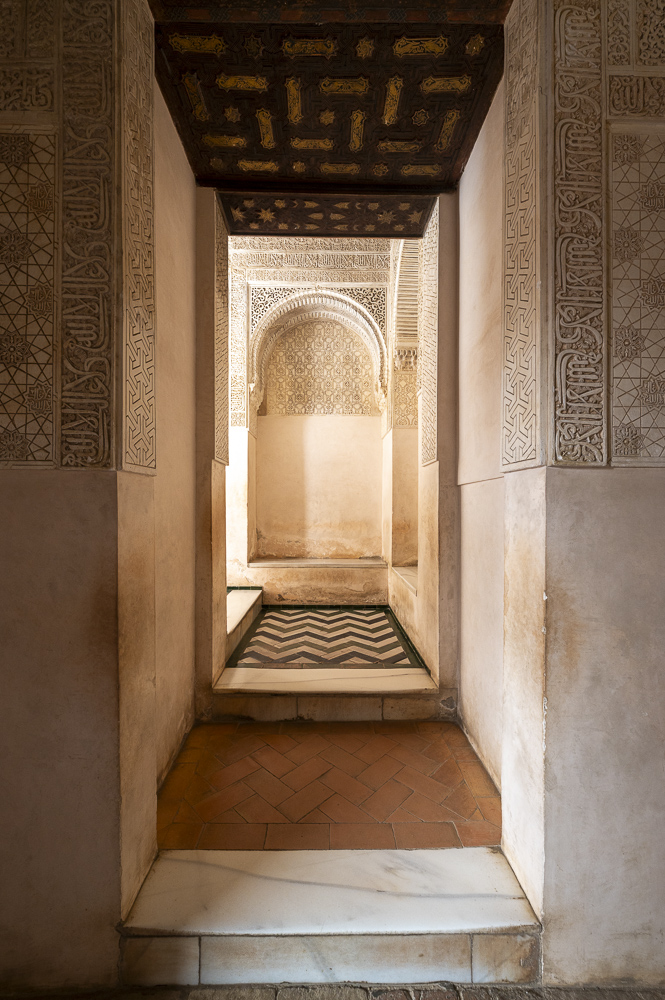
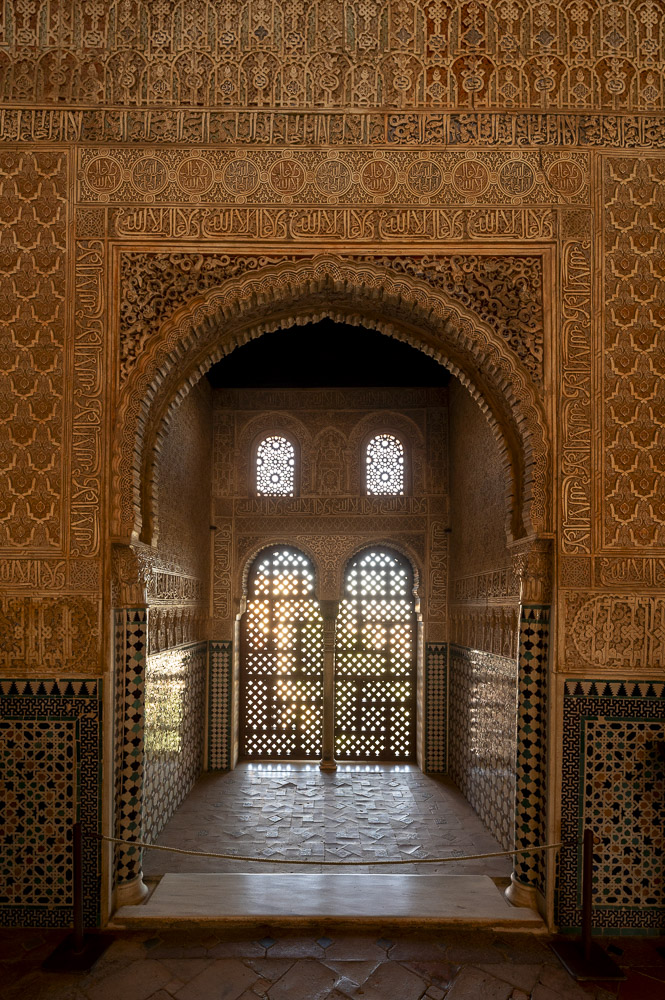
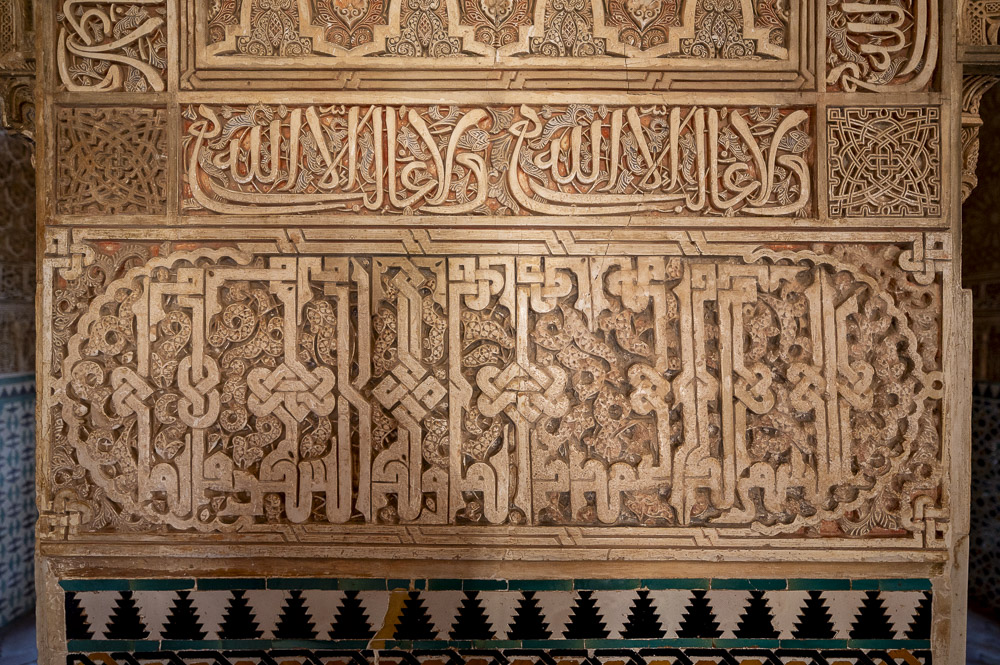
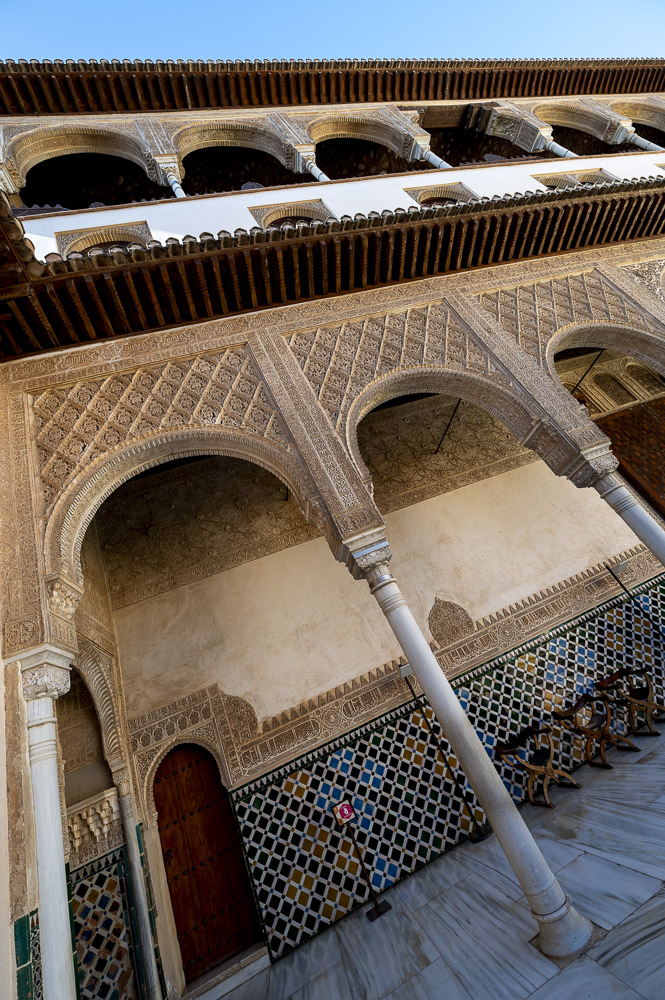
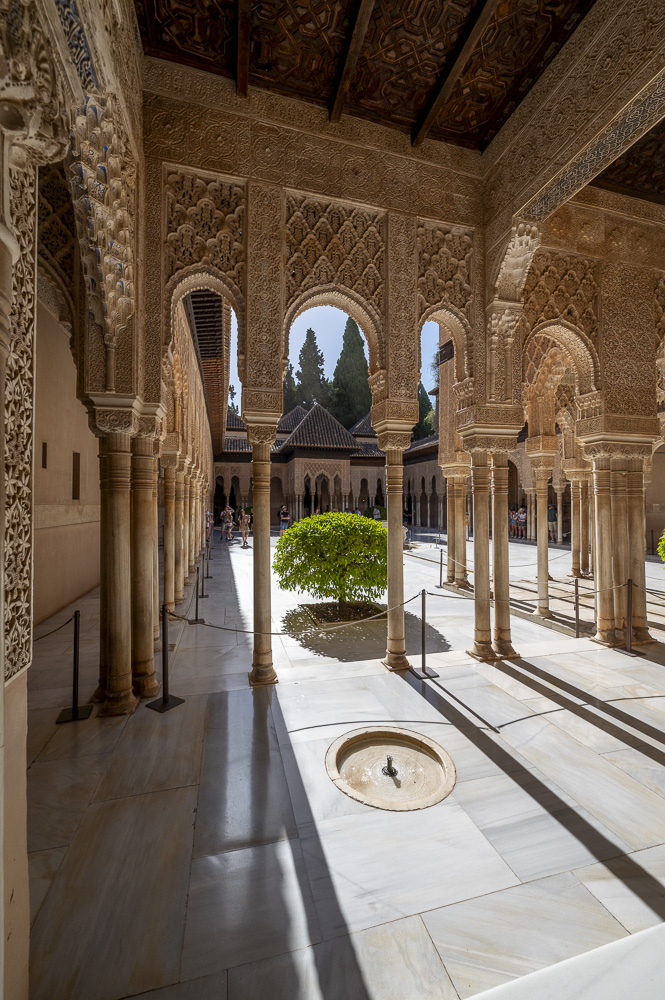
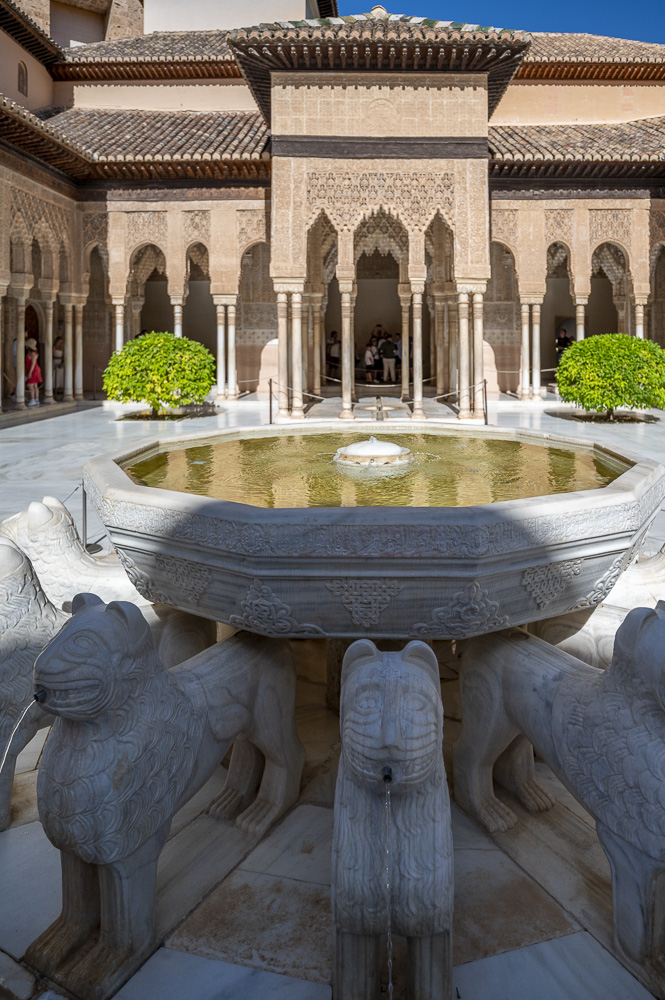
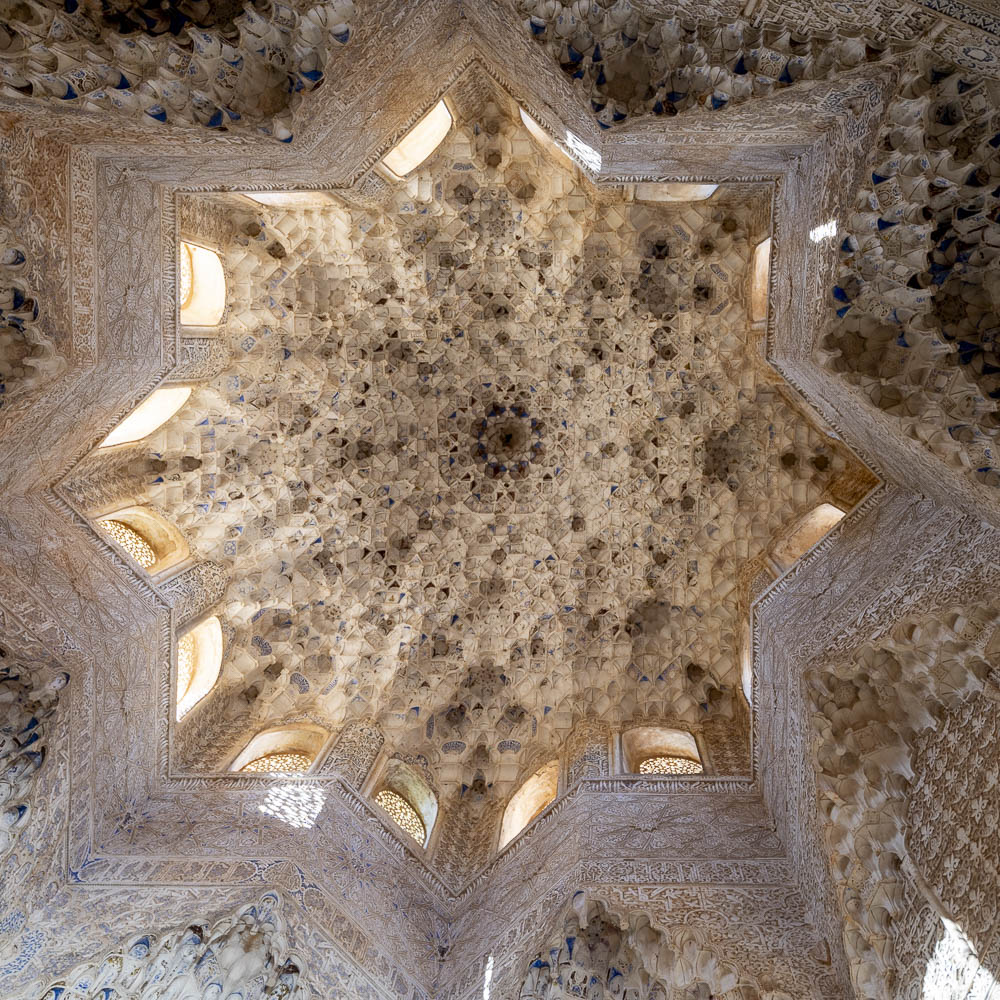
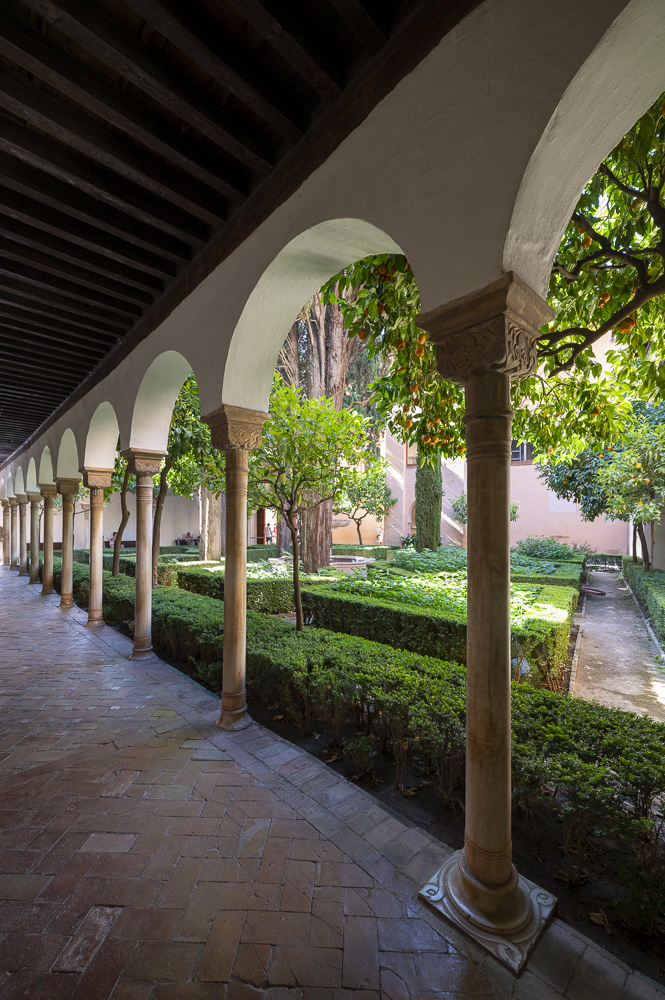
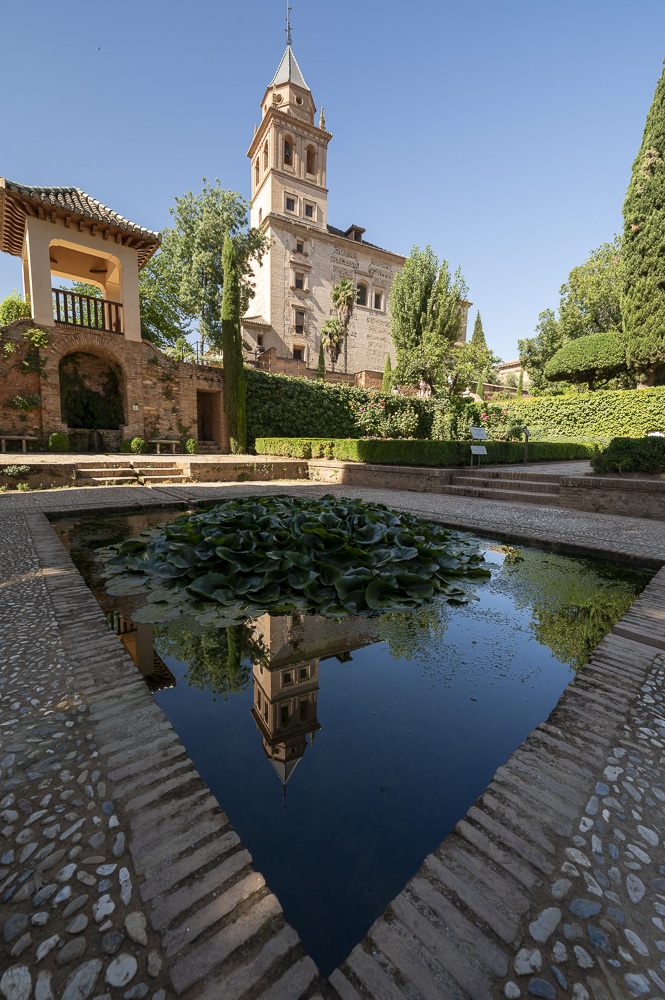
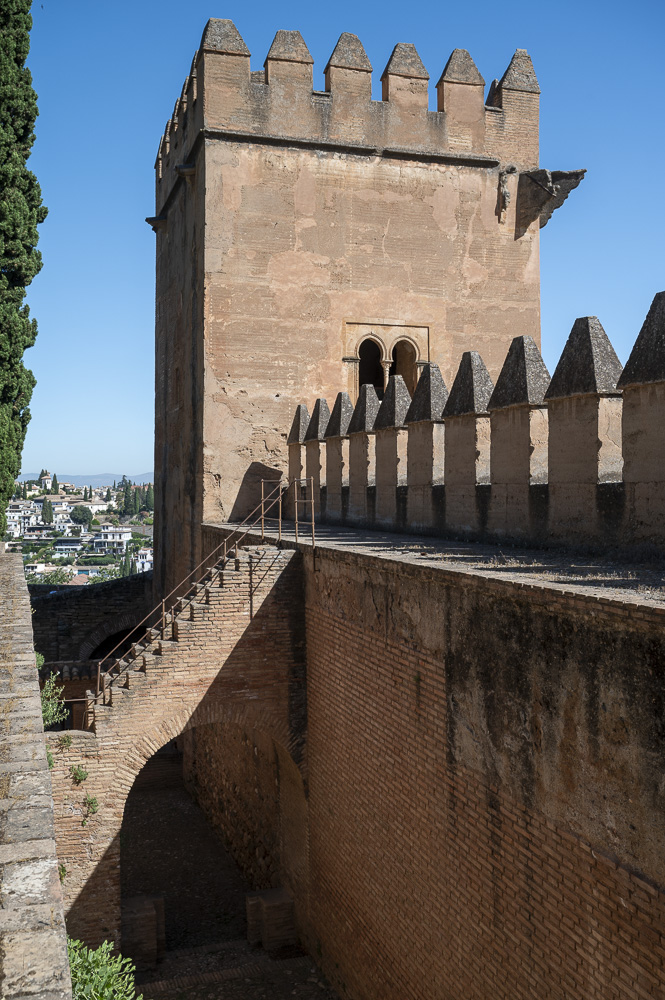
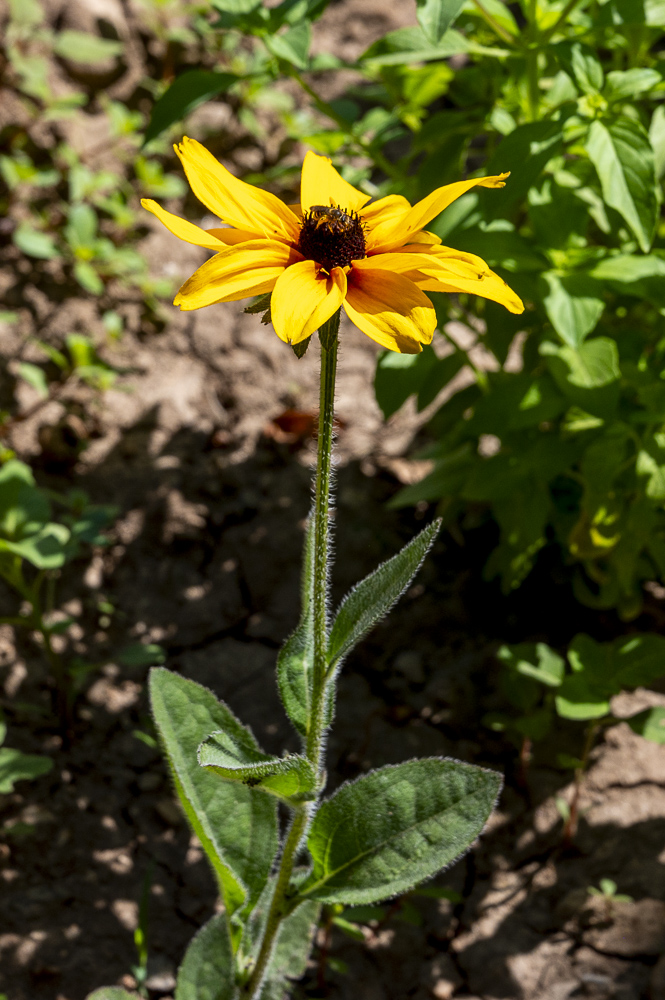
At last… Alhambra by night.
